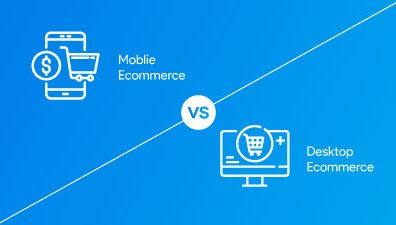In today’s rapidly evolving commerce landscape, omnichannel payments have emerged as a cornerstone for businesses striving to meet the demands of modern consumers. Omnichannel payments refer to a unified system that enables seamless transactions across multiple channels, including in-store, online, and mobile platforms. By integrating these channels into a cohesive payment ecosystem, businesses can deliver a consistent and frictionless experience for their customers, ensuring that every interaction aligns with their expectations.
The importance of omnichannel payments lies in their ability to harmonize diverse payment methods, making the customer journey more convenient and streamlined. Consumers no longer see separate touchpoints—they expect the same level of ease and efficiency, whether they’re purchasing on a mobile app, picking up in-store, or buying directly from a social media platform. Businesses that adopt omnichannel payments not only meet these expectations but also enhance customer satisfaction and build stronger brand loyalty.
The growing relevance of omnichannel payments is closely tied to the transformation in consumer behavior and technological advancements. With the rise of mobile wallets, contactless payments, and buy-now-pay-later options, customers demand greater flexibility and security in their payment experiences. Meanwhile, businesses are recognizing the potential of omnichannel payments to drive growth by reducing friction at checkout and enabling seamless cross-channel shopping experiences. As digital and physical commerce continue to merge, implementing omnichannel payments has become essential for businesses to stay competitive, foster customer trust, and adapt to the ever-changing retail landscape.
This blog post explores the intricacies of omnichannel payments, from their definition and key features to their benefits, challenges, and real-world applications. Whether you’re a business looking to implement an omnichannel payment strategy or simply curious about its transformative potential, this comprehensive guide will provide valuable insights into one of the most critical aspects of modern commerce.
Table of Contents
Key Features of Omnichannel Payment Systems
Omnichannel payments are at the forefront of modern commerce, providing a seamless and unified experience that benefits both businesses and consumers. At their core, omnichannel payments integrate multiple payment channels—whether online, in-store, or mobile—into a single, cohesive system. This approach eliminates silos between payment methods, ensuring a consistent experience regardless of where or how a transaction occurs.
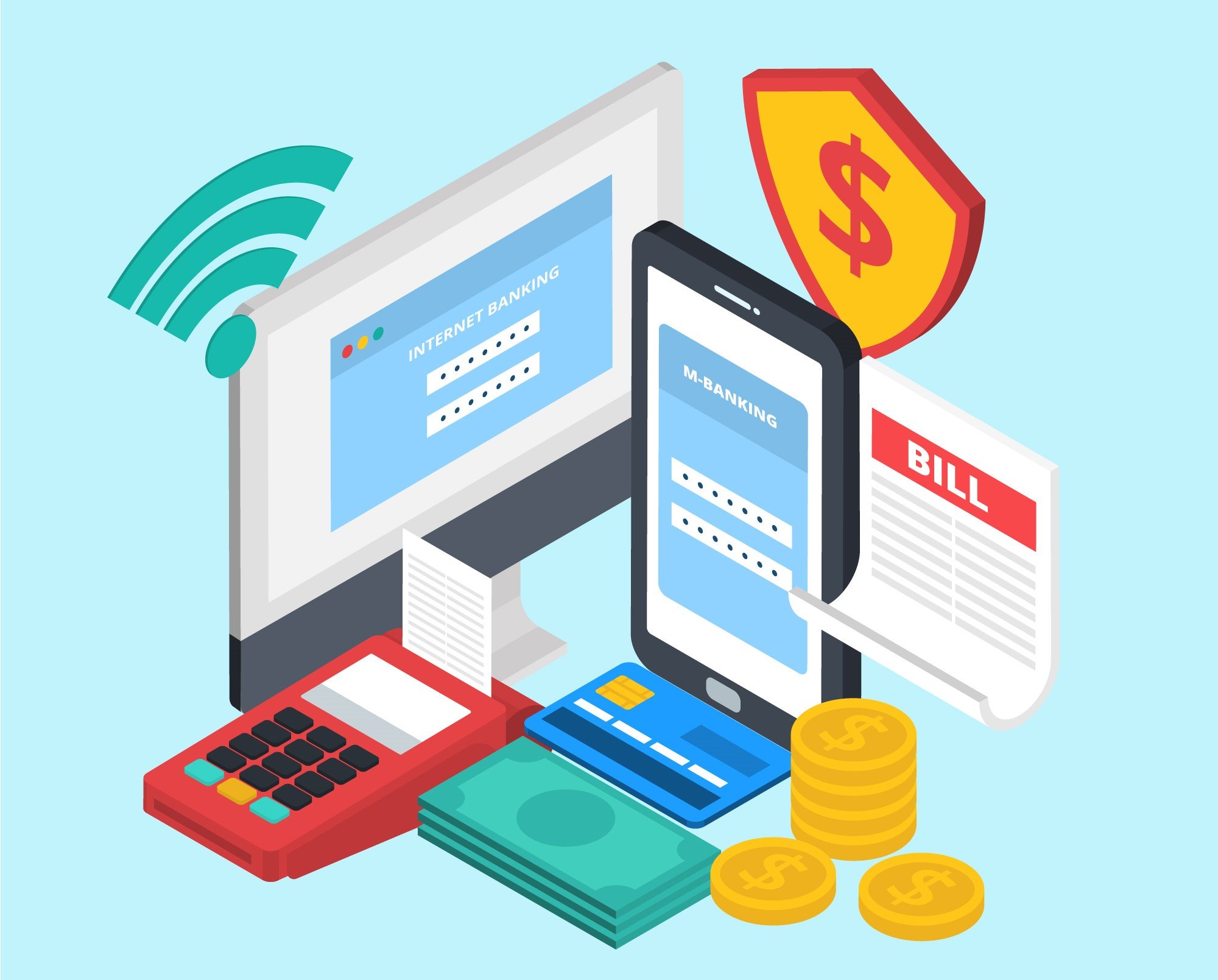
For businesses, omnichannel payments are a strategic solution to meet the ever-growing demand for flexibility, convenience, and security in today’s dynamic market. Consumers now expect to interact with brands across multiple touchpoints, often switching between them during a single transaction. Omnichannel payments enable businesses to adapt to these behaviors, offering a streamlined and consistent process across all channels. This not only enhances customer satisfaction but also strengthens brand loyalty by delivering a frictionless shopping experience.
From simplifying payment reconciliation for businesses to offering customers the ability to pay using their preferred methods, omnichannel payments drive operational efficiency while elevating the consumer journey. By unifying disparate payment systems, businesses can leverage insights from transactional data, optimize operations, and provide a level of personalization that was previously unattainable. As we explore the key features of omnichannel payment systems, it becomes clear how they are transforming the way businesses and customers interact, setting a new standard for modern commerce.
Cross-Channel Payment Consistency
One of the defining characteristics of omnichannel payments is the ability to provide cross-channel payment consistency. In today’s interconnected world, customers expect seamless transitions between shopping channels, whether they are browsing products online, checking inventory in a mobile app, or completing a purchase in a physical store. Omnichannel payments enable businesses to meet these expectations by unifying payment experiences across all platforms.
Enabling Customers to Start a Transaction on One Channel and Complete It on Another
Omnichannel payments empower customers with unparalleled flexibility. Shoppers can begin a transaction on one channel—such as adding items to their cart through a mobile app—and complete the purchase on another, such as paying in-store. This fluidity is made possible through centralized data synchronization, which ensures that customer information, cart details, and payment preferences are seamlessly carried over from one touchpoint to the next. For example:
- A customer shopping for electronics might add a laptop to their cart on an eCommerce site but decide to visit a physical store for a hands-on experience before completing the purchase. With omnichannel payments, they can pay in-store without restarting the transaction.
- Buy online, pick up in-store (BOPIS) is another popular example where omnichannel payments play a crucial role. Customers can pay securely online and collect their orders at a convenient location without any additional payment steps.
This flexibility not only enhances customer convenience but also reduces cart abandonment rates, a common challenge for businesses operating across multiple channels.
Unified Experiences for In-Store, Online, and Mobile Platforms
Omnichannel payments ensure that the payment process feels consistent and familiar regardless of the channel being used. A unified experience means that customers encounter the same payment methods, user interface, and branding whether they are shopping on a website, using a mobile app, or standing at a checkout counter in a brick-and-mortar store.
For instance:
- Payment methods like credit cards, digital wallets, and loyalty rewards are integrated across platforms, allowing customers to choose their preferred option every time.
- Digital receipts can be accessed from any channel, whether they originate from an in-store purchase or an online transaction, ensuring a cohesive customer journey.
- Consistent branding, such as logos, color schemes, and messaging, reassures customers that they are interacting with the same trusted business across all touchpoints.
Unified experiences eliminate confusion and frustration, fostering a sense of trust and reliability in the brand. For businesses, this cohesion simplifies the management of payment systems and enhances operational efficiency.
Ensuring Brand Consistency in Payment Processes
Brand consistency extends beyond aesthetics—it encompasses every aspect of the customer experience, including payments. Omnichannel payments allow businesses to maintain their brand identity across all channels, reinforcing their values and image during every transaction.
- Payment pages, whether online or in-store, can be customized to reflect the brand’s tone and visual style, ensuring a familiar environment for customers.
- Integrated loyalty programs tied to omnichannel payments can further promote brand consistency by rewarding customers for their interactions, regardless of the channel.
- Personalized experiences are made possible by centralized payment data, allowing businesses to tailor recommendations, discounts, or rewards based on a customer’s purchase history and preferences.
By ensuring brand consistency in payment processes, businesses can build stronger relationships with their customers. A seamless, unified, and recognizable payment experience not only encourages repeat transactions but also differentiates the brand in a competitive market.
Cross-channel payment consistency is more than a feature—it is a necessity in an age where customer journeys span multiple touchpoints. Omnichannel payments empower businesses to break down the barriers between channels, delivering the seamless and cohesive experiences that modern consumers expect. This capability is foundational to the success of any omnichannel strategy, driving both customer satisfaction and business growth.
Centralized Data Management
Centralized data management is one of the most powerful features of omnichannel payments, serving as the backbone that connects all payment channels into a cohesive system. By consolidating transaction data from in-store, online, and mobile platforms, businesses can operate with a single source of truth, ensuring accuracy, efficiency, and strategic insight. This feature enables businesses to provide seamless payment experiences for customers while gaining valuable data to optimize their operations.
Real-Time Updates and Synchronization of Transaction Data Across Platforms
Omnichannel payments rely on real-time updates and data synchronization to ensure consistency and accuracy across all customer touchpoints. When a customer makes a payment, the transaction data is immediately updated and reflected across the business’s entire ecosystem, whether it involves inventory, customer profiles, or sales records.
- For example, if a customer purchases an item online for in-store pickup, the omnichannel payment system instantly updates the inventory across both the eCommerce platform and the physical location. This ensures that the item is reserved for the customer and prevents overselling.
- Real-time updates enable businesses to provide dynamic features such as live stock availability, price adjustments, and location-specific promotions, creating a more personalized shopping experience.
- Synchronization across platforms also ensures that loyalty points or rewards are applied seamlessly, regardless of where the transaction occurs.

This level of integration reduces errors and improves customer satisfaction by offering accurate, up-to-date information at every step of the purchasing journey.
Simplified Reconciliation Processes for Businesses
Centralized data management in omnichannel payments streamlines the traditionally complex process of payment reconciliation. By consolidating all transaction data into a unified system, businesses can avoid the inefficiencies and inaccuracies associated with managing multiple disparate systems.
- Businesses can reconcile payments across channels with greater ease, reducing the time spent on manual data entry and cross-checking. For example, transactions made in-store and online can be reviewed in a single report, ensuring that all sales are accounted for accurately.
- Automated reconciliation processes minimize the risk of errors, such as duplicate entries or missing transactions, which are common in fragmented systems.
- Streamlined reconciliation frees up resources, allowing businesses to focus on strategic initiatives rather than administrative tasks.
For businesses with a high volume of transactions, such as retail chains or eCommerce platforms, the ability to simplify reconciliation processes through omnichannel payments can lead to significant cost savings and operational efficiency.
Enabling Detailed Analytics for Customer Behavior and Preferences
The centralized nature of omnichannel payments provides businesses with a treasure trove of data that can be used to understand customer behavior and preferences. By aggregating payment information across channels, businesses can gain a holistic view of their customers, enabling them to make data-driven decisions.
- Businesses can track customer purchasing patterns, such as preferred payment methods, peak buying times, and average transaction values, across all channels. These insights help businesses tailor their offerings and marketing strategies to better align with customer needs.
- Payment data can also reveal trends in regional or demographic preferences, allowing businesses to create targeted promotions or adjust inventory accordingly.
- Advanced analytics tools integrated with omnichannel payment systems enable predictive modeling, helping businesses anticipate future customer behavior and prepare for upcoming trends.
For example, a business might notice that customers frequently use mobile wallets for smaller purchases but prefer credit cards for higher-value transactions. Armed with this knowledge, the business can optimize its payment options to meet these preferences, enhancing the overall customer experience.

By offering real-time updates, simplifying reconciliation, and enabling deep analytics, centralized data management elevates omnichannel payments from a transactional tool to a strategic asset. It allows businesses to operate more efficiently, gain valuable insights into their customers, and deliver personalized, seamless payment experiences across all channels. In an era where data drives decision-making, centralized data management is not just a feature of omnichannel payments—it is a competitive necessity.
Enhanced Security Measures
Security is a cornerstone of omnichannel payments, ensuring that transactions remain safe and trustworthy across all channels. In a world where cyber threats and data breaches are constant risks, businesses must prioritize robust security measures to protect customer data and maintain their reputation. Omnichannel payments incorporate cutting-edge technologies and industry standards to deliver a secure, seamless payment experience. Below are the key security features that define omnichannel payments.
Adoption of PCI DSS Standards to Ensure Safe Transactions
The Payment Card Industry Data Security Standard (PCI DSS) is a globally recognized framework designed to protect sensitive payment information. Businesses leveraging omnichannel payments must comply with these standards to provide a secure environment for transactions across all platforms.
- PCI DSS compliance mandates stringent security protocols, including encryption of cardholder data, secure storage of payment information, and regular system monitoring. These measures are crucial in preventing unauthorized access and data breaches.
- Omnichannel payments simplify compliance by unifying security processes across all channels. For instance, a business with both online and in-store operations can maintain consistent security practices rather than managing separate systems.
- Businesses can assure customers that their payment information is handled in a secure and standardized manner, fostering trust and encouraging repeat transactions.

By adhering to PCI DSS standards, omnichannel payments create a foundation of security that benefits both businesses and consumers.
Tokenization to Replace Sensitive Payment Data with Unique Tokens
Tokenization is a powerful security mechanism that plays a pivotal role in omnichannel payments. It replaces sensitive payment information, such as credit card numbers, with unique, non-sensitive tokens that are meaningless to hackers.
- When a customer makes a payment, the system generates a token that represents their card details. This token is used for transaction processing, while the actual card information is securely stored in a token vault.
- Tokenization ensures that even if a breach occurs, the stolen data is useless to cybercriminals, as tokens cannot be reverse-engineered.
- Omnichannel payments leverage tokenization to enable secure, cross-channel transactions. For example, a customer can use the same token for payments on a website, mobile app, or physical store, ensuring a seamless and secure experience.
Tokenization not only enhances security but also simplifies compliance with data protection regulations, making it a critical component of omnichannel payments.
Fraud Prevention Through AI-Driven Monitoring
Fraud prevention is a major concern for businesses operating across multiple channels, as fraudulent activities can significantly impact revenue and customer trust. Omnichannel payments integrate advanced AI-driven monitoring tools to detect and prevent fraudulent transactions in real time.
- AI-powered systems analyze vast amounts of transaction data across all channels, identifying patterns and anomalies that may indicate fraud. For example, if a customer’s account shows simultaneous transactions from different locations, the system can flag it as suspicious.
- Machine learning algorithms continuously improve their ability to detect fraudulent behavior by learning from new data, ensuring that the system stays ahead of evolving threats.
- Omnichannel payments benefit from centralized fraud detection, as the unified system enables businesses to monitor transactions holistically rather than managing separate security measures for each channel.
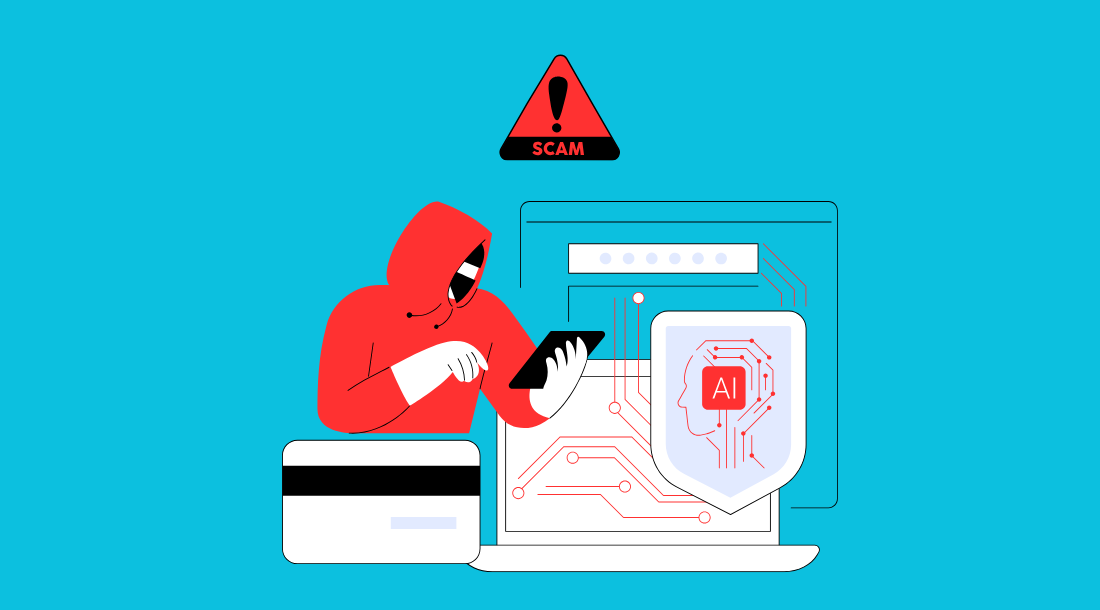
These AI-driven tools not only enhance security but also minimize false positives, ensuring that legitimate transactions are not disrupted.
Enhanced security measures are integral to the success of omnichannel payments. By adopting PCI DSS standards, implementing tokenization, and utilizing AI-driven fraud prevention, businesses can protect their customers and operations from the growing threat of cybercrime. Security is no longer just a backend requirement; it is a key feature that builds trust and drives customer loyalty, making it indispensable in today’s competitive marketplace. Omnichannel payments offer businesses the tools they need to provide safe, reliable, and seamless payment experiences that customers can count on.
Support for Multiple Payment Methods
One of the standout features of omnichannel payments is their ability to support a diverse range of payment methods. Modern consumers expect flexibility and convenience when completing transactions, and businesses that fail to meet these expectations risk losing customers to competitors. Omnichannel payments enable businesses to accept traditional payment methods like credit cards while embracing newer technologies such as digital wallets, Buy Now, Pay Later (BNPL) options, and loyalty rewards. By accommodating multiple payment methods, omnichannel payments cater to the preferences of a diverse customer base and create seamless experiences across all channels.
Acceptance of Traditional and Modern Payment Modes
Omnichannel payments bridge the gap between legacy payment methods and cutting-edge innovations, ensuring that customers have access to the payment options they trust and prefer.
- Traditional payment methods like credit and debit cards remain a staple for many customers, and omnichannel payments integrate these options seamlessly across all platforms. Whether a customer is shopping online, in-store, or via a mobile app, they can use their card without any disruptions.
- Modern payment solutions such as digital wallets, including Apple Pay, Google Pay, and Samsung Pay, are growing in popularity due to their convenience and security. Omnichannel payments incorporate these technologies to meet the demand for faster, contactless transactions.
- BNPL services like Klarna and Afterpay are becoming increasingly popular among younger shoppers. Omnichannel payments support these options, allowing customers to split payments into manageable installments without impacting their shopping experience.

By offering both traditional and modern payment modes, omnichannel payments ensure that businesses remain relevant and accessible to all demographics.
Catering to Regional Preferences
The global nature of commerce means that businesses must adapt to the payment preferences of customers in different regions. Omnichannel payments are designed to accommodate these variations, enabling businesses to expand their reach while respecting local payment norms.
- In China, digital wallets like Alipay and WeChat Pay dominate the market. Omnichannel payments integrate these platforms, allowing businesses to cater to Chinese consumers both domestically and internationally.
- In India, the Unified Payments Interface (UPI) has revolutionized cashless transactions. Omnichannel payment systems that support UPI give businesses a competitive edge in this rapidly growing market.
- Regional payment methods such as iDEAL in the Netherlands or Paytm in India can also be integrated into omnichannel payments, ensuring that local customers feel valued and supported.
By catering to regional preferences, omnichannel payments enable businesses to establish trust and build stronger connections with their international audience.
Integration of Loyalty Points and Gift Card Payments
Loyalty programs and gift cards are powerful tools for driving customer engagement and repeat purchases. Omnichannel payments seamlessly integrate these features, enhancing the customer experience while providing businesses with additional opportunities to build loyalty.
- Customers can earn and redeem loyalty points across all channels, whether they are shopping online, in-store, or through a mobile app. This consistency reinforces the value of loyalty programs and encourages continued engagement.
- Gift card payments are fully integrated into omnichannel payment systems, allowing customers to purchase, reload, and use gift cards without limitations. For instance, a customer could buy a gift card online and redeem it in a physical store, or vice versa.
- Omnichannel payments also enable businesses to personalize rewards based on customer behavior, offering targeted discounts or bonus points to enhance loyalty.
The integration of loyalty points and gift cards not only enhances the payment process but also strengthens the relationship between businesses and their customers.

Support for multiple payment methods is a cornerstone of omnichannel payments, reflecting their commitment to flexibility and customer satisfaction. By accepting traditional and modern payment options, catering to regional preferences, and integrating loyalty rewards and gift cards, omnichannel payments ensure that businesses can meet the needs of their diverse customer base. This adaptability not only enhances the shopping experience but also drives customer retention and loyalty, making it an indispensable feature in today’s competitive marketplace.
Scalability and Customization
Scalability and customization are critical features of omnichannel payments, enabling businesses to adapt their payment systems to evolving needs and market demands. As businesses grow and diversify, their payment infrastructures must keep pace, ensuring seamless customer experiences and operational efficiency. Omnichannel payments provide the flexibility and modularity needed to scale alongside businesses while offering tailored solutions that cater to specific industries and technological requirements.
Modular Designs to Adapt to Business Growth and Changes
Omnichannel payments are designed with modularity at their core, allowing businesses to expand or adjust their payment capabilities as they grow.
- Modular designs enable businesses to add new payment methods, channels, or features without overhauling their entire payment system. For example, a small retailer can start with basic card payment integration and later include digital wallets, Buy Now, Pay Later options, or cryptocurrency as their customer base diversifies.
- As businesses expand into new markets or regions, omnichannel payments facilitate the addition of localized payment methods, such as Alipay in China or UPI in India, without disrupting existing operations.
- Seasonal businesses or those experiencing rapid growth can easily scale their payment infrastructure to handle increased transaction volumes, ensuring smooth operations during peak periods.
This adaptability ensures that businesses remain agile, capable of meeting customer expectations and market trends without incurring unnecessary costs or complexities.
Custom Features Tailored for Specific Industries or Markets
Omnichannel payments recognize that no two businesses are the same. Different industries have unique needs, and omnichannel payment systems provide the customization required to meet these demands effectively.
- In retail, omnichannel payments can integrate loyalty programs and in-store POS systems to create a unified customer experience. For example, customers can earn and redeem loyalty points across online and offline channels, fostering engagement and retention.
- Hospitality businesses, such as hotels or restaurants, benefit from features like split billing, tipping options, and reservation-linked payments. These tailored functionalities enhance customer satisfaction by addressing specific service expectations.
- For subscription-based services or SaaS platforms, omnichannel payments can include recurring billing and subscription management tools, simplifying payment processes for both businesses and customers.
- By offering industry-specific customizations, omnichannel payments empower businesses to deliver personalized, efficient payment experiences that resonate with their target audiences.
Ability to Integrate with Legacy Systems and Emerging Technologies
Integration is a key strength of omnichannel payments, allowing businesses to connect their payment infrastructure with both existing systems and cutting-edge technologies.
- Many businesses operate with legacy systems that are deeply embedded in their operations. Omnichannel payments provide seamless integration with these systems, ensuring continuity while introducing modern capabilities. For instance, an established retailer with an older ERP system can integrate omnichannel payments to enable real-time inventory updates and cross-channel transaction tracking.
- Omnichannel payments are also future-proof, designed to work with emerging technologies such as blockchain, artificial intelligence, and the Internet of Things (IoT). This compatibility ensures that businesses can stay ahead of technological advancements without needing frequent system overhauls.
- APIs and middleware play a crucial role in enabling omnichannel payments to connect with diverse software ecosystems, from CRM tools to analytics platforms, enhancing overall operational efficiency.
By bridging the gap between old and new technologies, omnichannel payments provide businesses with a comprehensive solution that supports innovation while maintaining stability.
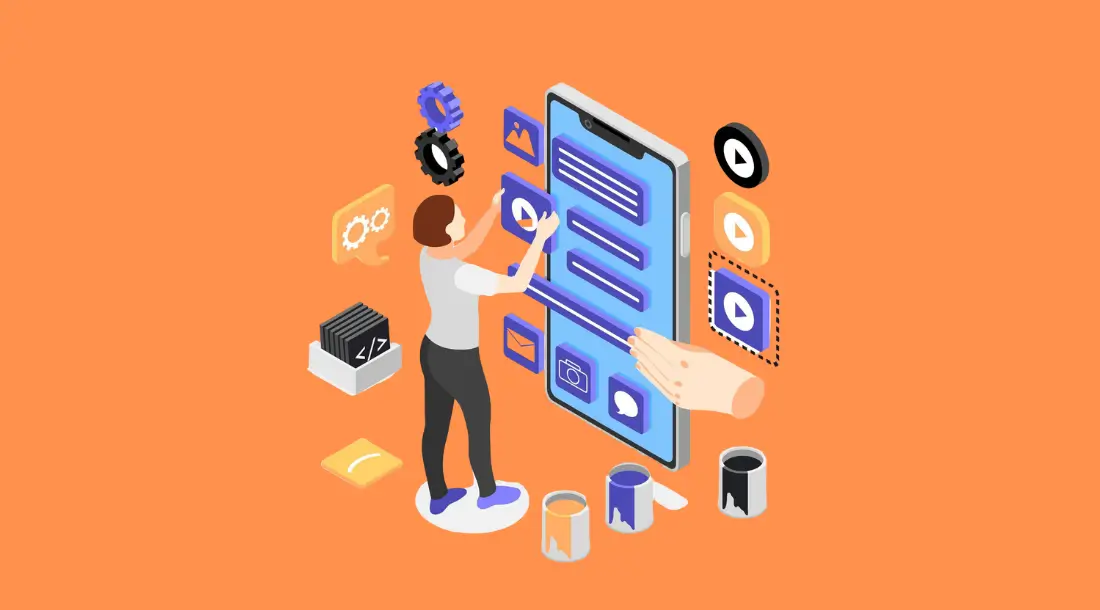
Scalability and customization are essential features of omnichannel payments, reflecting their ability to grow and evolve alongside businesses. Modular designs allow for seamless adaptation to changing demands, while industry-specific customizations ensure that payment solutions align with unique operational needs. Moreover, the integration capabilities of omnichannel payments make them a future-ready choice, empowering businesses to leverage both legacy systems and emerging technologies. In an era where flexibility and personalization are paramount, omnichannel payments provide businesses with the tools they need to succeed in a dynamic and competitive marketplace.
Benefits of Omnichannel Payments
In today’s dynamic and competitive commerce environment, omnichannel payments have emerged as a transformative solution for businesses seeking to meet evolving consumer demands. As customer journeys increasingly span multiple touchpoints—such as mobile apps, eCommerce platforms, physical stores, and social media marketplaces—traditional payment systems often fall short in delivering the unified experiences that consumers now expect. Omnichannel payments address this challenge by integrating diverse payment channels into a seamless and cohesive system.

This integration allows businesses to go beyond mere transaction processing, enabling them to offer personalized, convenient, and consistent payment experiences that build customer trust and loyalty. Omnichannel payments not only enhance how businesses interact with their customers but also streamline back-end operations, improve data management, and drive strategic growth. From simplifying complex payment infrastructures to fostering engagement through loyalty programs, omnichannel payments empower businesses to thrive in an interconnected world.
The benefits of adopting omnichannel payments extend far and wide, impacting every aspect of the customer journey and business operation. Businesses can offer flexible payment options, ensure real-time data synchronization across platforms, and provide insights for better decision-making—all while reducing operational inefficiencies. As commerce continues to evolve, businesses leveraging omnichannel payments are well-positioned to deliver exceptional value to their customers and achieve long-term success.
Improved Customer Experience
One of the most significant benefits of omnichannel payments is their ability to transform the customer experience. In a marketplace where convenience and personalization are paramount, omnichannel payments enable businesses to deliver the seamless, flexible, and efficient payment options that modern customers demand. By integrating payment channels and unifying the shopping journey, businesses can create interactions that leave a lasting impression and encourage customer loyalty.
Personalized Payment Options Catering to Customer Preferences
Omnichannel payments empower businesses to offer personalized payment experiences tailored to individual customer preferences. Modern shoppers expect flexibility in how they pay, and businesses must accommodate a wide variety of options to stay competitive.
- Customers can choose from a range of payment methods, including credit and debit cards, digital wallets like Apple Pay and Google Pay, Buy Now, Pay Later (BNPL) solutions, and even loyalty points. This variety ensures that customers can pay in the way that suits them best, whether they are shopping online, in-store, or through a mobile app.
- Omnichannel payments enable businesses to save customer payment preferences securely, allowing returning customers to enjoy faster and more convenient checkouts. For example, a frequent shopper might prefer using a specific digital wallet, and the system can automatically prioritize that option during future transactions.
- By analyzing payment behavior, businesses can offer targeted promotions or discounts based on customer preferences. For instance, a business might provide exclusive cashback offers for customers who use a particular payment method, creating a sense of personalization and fostering engagement.
These personalized options not only meet customer expectations but also strengthen relationships by demonstrating that the business understands and values their preferences.
Faster Checkout Processes Through Contactless and One-Click Payments
Speed and efficiency are critical components of a positive customer experience, especially in today’s fast-paced world. Omnichannel payments streamline the checkout process by offering contactless and one-click payment options, reducing friction and enhancing convenience.
- Contactless payment methods, such as tap-to-pay cards and digital wallets, allow customers to complete transactions quickly without the need to enter PINs or handle cash. This feature is particularly valuable in physical stores, where long checkout lines can deter potential buyers.
- Online, one-click payments eliminate the need for customers to repeatedly enter their payment details. Instead, stored payment information enables customers to finalize purchases with a single click, speeding up the process and reducing cart abandonment rates.
- Omnichannel payments also facilitate features like buy online, pick up in-store (BOPIS), where customers can prepay for their orders online and collect them without waiting in line, further improving the shopping experience.

By simplifying and accelerating the checkout process, omnichannel payments not only enhance customer satisfaction but also encourage repeat purchases by making transactions as effortless as possible.
Consistent Branding Across Payment Platforms
A cohesive and consistent brand identity is crucial for building trust and loyalty, and omnichannel payments ensure that this consistency extends to every aspect of the payment process. Whether customers are shopping in-store, online, or through a mobile app, they encounter the same recognizable branding that reinforces the business’s image.
- Payment interfaces, such as checkout pages and POS systems, can be customized to reflect the business’s branding, including logos, colors, and messaging. This consistency reassures customers that they are interacting with the same trusted brand across all channels.
- Loyalty programs integrated into omnichannel payments further enhance brand consistency. Customers can seamlessly earn and redeem rewards regardless of where they shop, reinforcing the connection between their purchases and the business’s brand.
- Personalized receipts, both digital and printed, can include branded elements such as thank-you messages, promotional offers, or social media links, creating additional touchpoints that strengthen customer relationships.
Consistent branding across payment platforms ensures that customers have a unified experience, fostering trust and encouraging them to engage with the brand more frequently.

Improved customer experience is a cornerstone of the benefits provided by omnichannel payments. By offering personalized payment options, streamlining checkout processes, and maintaining consistent branding, businesses can create seamless and enjoyable interactions that meet and exceed customer expectations. This enhanced experience not only drives customer satisfaction but also builds loyalty, setting the foundation for long-term success in an increasingly competitive marketplace. Omnichannel payments empower businesses to connect with their customers on a deeper level, ensuring that every transaction contributes to a positive and lasting impression.
Increased Sales and Conversions
One of the most compelling benefits of omnichannel payments is their ability to directly impact a business’s bottom line by increasing sales and driving conversions. In an era where customers demand convenience, flexibility, and personalization, omnichannel payments empower businesses to meet these expectations while optimizing the checkout process. By offering diverse payment options, enhancing affordability, and fostering loyalty, businesses can create a seamless shopping experience that encourages more purchases and builds long-term customer relationships.
Reducing Cart Abandonment Rates by Offering Flexible Payment Options
Cart abandonment is a persistent challenge for businesses, especially in eCommerce. Customers often leave items in their carts due to frustration with limited payment options or overly complex checkout processes. Omnichannel payments address this issue by providing flexibility and convenience, reducing barriers that discourage customers from completing their purchases.
- By integrating a wide range of payment methods, such as credit and debit cards, digital wallets like Apple Pay and Google Pay, and Buy Now, Pay Later (BNPL) services, businesses can cater to diverse customer preferences. This inclusivity ensures that customers are never limited by the lack of their preferred payment option.
- Omnichannel payments simplify checkout processes by enabling features like one-click payments and auto-filling saved payment details. These streamlined experiences significantly reduce the effort required to complete a purchase, minimizing cart abandonment.
- Businesses can also incorporate regional payment methods, such as Alipay, WeChat Pay, or UPI, to appeal to international customers. This adaptability not only makes payments easier for global shoppers but also demonstrates the brand’s commitment to meeting customer needs.
By eliminating common pain points in the payment journey, omnichannel payments encourage customers to follow through with their purchases, resulting in higher conversion rates.
Increasing Impulse Purchases with Instant Credit or BNPL
Impulse purchases are a significant driver of revenue, and omnichannel payments enhance their likelihood by offering instant credit and BNPL options. These payment methods lower the financial barrier to immediate purchasing, enabling customers to buy what they want, when they want, without upfront financial strain.

- BNPL solutions, such as Klarna, Afterpay, or Affirm, allow customers to split their payments into manageable installments. By spreading the cost over time, these services make higher-value items more accessible and appealing, encouraging customers to proceed with purchases they might otherwise delay or abandon.
- Instant credit options integrated into omnichannel payments provide customers with near-instant access to financing at the point of purchase, removing the need for lengthy application processes. This convenience is particularly effective in increasing impulse purchases during limited-time sales or promotions.
- Omnichannel payments ensure that these financing options are available across all shopping channels. Whether a customer is shopping online, in a physical store, or via a mobile app, they can easily access credit or BNPL services, maintaining a seamless experience.
By leveraging these payment methods, businesses can boost revenue by capturing sales that might have been lost due to financial hesitations.
Encouraging Repeat Purchases with Loyalty Integration
Customer loyalty is a cornerstone of sustained business growth, and omnichannel payments play a pivotal role in nurturing it. By integrating loyalty programs into the payment process, businesses can incentivize repeat purchases while strengthening customer relationships.
- Customers can earn and redeem loyalty points seamlessly across all channels. For instance, a customer who earns points for an in-store purchase can use them for a discount on their next online order, creating a unified and rewarding experience.
- Omnichannel payments enable businesses to personalize loyalty rewards based on customer behavior. For example, frequent shoppers might receive exclusive offers or bonus points for using specific payment methods, encouraging them to stay engaged with the brand.
- Gift cards, another form of loyalty integration, are seamlessly supported by omnichannel payments. Customers can purchase, reload, and redeem gift cards across various platforms, further enhancing their convenience and utility.
This integration not only fosters repeat purchases but also reinforces the emotional connection between customers and the brand, increasing lifetime customer value.
Omnichannel payments are a powerful tool for driving increased sales and conversions by addressing key pain points in the customer journey. By reducing cart abandonment with flexible payment options, facilitating impulse purchases through instant credit or BNPL, and encouraging repeat transactions with loyalty integration, businesses can create a seamless and satisfying shopping experience. These benefits not only contribute to immediate revenue growth but also build the foundation for long-term customer loyalty, positioning businesses for sustained success in a competitive marketplace. Through omnichannel payments, businesses can align their payment strategies with customer expectations, ensuring that every transaction contributes to their growth and profitability.
Operational Efficiency
Omnichannel payments do more than enhance customer experiences; they revolutionize back-end operations, creating a more streamlined and efficient workflow for businesses. By unifying payment systems and centralizing data, omnichannel payments reduce errors, save time, and improve the overall accuracy of financial processes. These operational efficiencies translate into cost savings, better resource allocation, and smoother transaction management, making omnichannel payments a valuable asset for any business.
Reduced Manual Errors in Payment Reconciliation
Payment reconciliation, the process of matching transactions with corresponding bank statements, can be a labor-intensive and error-prone task—especially for businesses operating across multiple channels. Omnichannel payments alleviate these challenges by automating and consolidating reconciliation processes.

- Unified systems ensure that all payment data, whether from online platforms, mobile apps, or physical stores, is recorded in a single, centralized database. This reduces the need for manual cross-checking, minimizing the risk of errors such as duplicate entries or missed transactions.
- Automated reconciliation tools integrated into omnichannel payments can instantly match payments to invoices or orders, saving businesses hours of tedious manual work.
- By reducing discrepancies in financial records, businesses can improve the accuracy of their accounting, ensuring compliance with financial regulations and maintaining the trust of stakeholders.
This reduction in manual errors not only enhances operational efficiency but also prevents costly mistakes that could impact a business’s bottom line.
Streamlined Back-End Operations with Unified Payment Systems
One of the greatest advantages of omnichannel payments is their ability to unify disparate payment systems into a cohesive infrastructure. This integration simplifies back-end operations, allowing businesses to manage transactions, inventory, and customer data more effectively.
- A unified payment system ensures that transactions from all channels are processed through a single platform, eliminating the need to maintain multiple, siloed systems. This consolidation reduces administrative overhead and streamlines workflows.
- Businesses can synchronize payment data with other operational tools, such as inventory management, CRM systems, and analytics platforms. For example, a completed sale can automatically update inventory levels, trigger a loyalty reward, and generate a receipt without requiring additional manual input.
- Omnichannel payments also facilitate better resource management. With streamlined operations, staff can focus on higher-value tasks, such as improving customer service or analyzing sales trends, rather than being bogged down by repetitive administrative work.
The result is a more agile and efficient operation that can adapt to changing business needs while delivering consistent service quality.
Faster Dispute Resolution with Centralized Data
Disputes are an inevitable part of payment processing, whether they stem from chargebacks, billing errors, or customer complaints. Omnichannel payments simplify dispute resolution by providing centralized access to all transaction data, making it easier to identify and address issues.
- With all payment data stored in a unified system, businesses can quickly locate transaction records, verify details, and respond to disputes. This centralized approach significantly reduces the time and effort required to resolve issues.
- Omnichannel payments often include advanced reporting tools that allow businesses to generate detailed transaction histories with just a few clicks. These reports can be shared with customers or financial institutions as part of the dispute resolution process.
- Faster dispute resolution not only improves operational efficiency but also enhances customer satisfaction. When businesses can address concerns promptly and transparently, they build trust and loyalty among their customers.
By enabling faster and more accurate dispute resolution, omnichannel payments protect both businesses and customers, ensuring smoother financial interactions.

Operational efficiency is a cornerstone of the benefits provided by omnichannel payments. By reducing manual errors in payment reconciliation, streamlining back-end operations, and enabling faster dispute resolution, businesses can optimize their workflows and allocate resources more effectively. These efficiencies lead to cost savings, improved accuracy, and enhanced customer satisfaction, creating a win-win scenario for businesses and their clients. In a competitive marketplace, the ability to operate efficiently and respond quickly to challenges is essential, and omnichannel payments provide the tools needed to achieve these goals. As businesses continue to evolve, the operational advantages of omnichannel payments will remain a critical driver of success.
Enhanced Data Analytics
Omnichannel payments are not just about facilitating transactions; they are also a powerful tool for collecting and analyzing data. By consolidating payment data from various channels into a unified system, omnichannel payments provide businesses with unparalleled insights into consumer behavior and operational performance. These insights enable businesses to make informed decisions, optimize strategies, and stay ahead in a competitive market. From understanding spending patterns to leveraging predictive analytics, the data-driven capabilities of omnichannel payments are transforming how businesses operate.
Providing Actionable Insights into Consumer Spending Patterns
One of the most valuable benefits of omnichannel payments is their ability to provide businesses with a comprehensive view of customer spending habits across all channels.
- Omnichannel payments centralize data from in-store, online, and mobile transactions, allowing businesses to track and analyze consumer behavior holistically. For example, a retailer can identify which products are popular in physical stores versus those trending online, enabling tailored marketing strategies for each channel.
- Businesses can segment their customers based on spending patterns, such as frequency of purchases, average transaction value, and preferred payment methods. This segmentation allows for more personalized marketing campaigns, loyalty rewards, and promotions.
- These insights also reveal shifts in consumer preferences, such as increased adoption of digital wallets or BNPL options, enabling businesses to adapt their payment offerings proactively.

By leveraging these insights, businesses can deepen their understanding of their customers, improve engagement, and drive revenue growth.
Enabling Predictive Analytics for Better Inventory and Marketing Decisions
The data collected through omnichannel payments goes beyond historical analysis; it can also be used for predictive analytics to forecast future trends and demands.
- Predictive analytics tools integrated with omnichannel payments can analyze transaction data to anticipate customer needs. For instance, a business might identify seasonal purchasing patterns, such as increased demand for certain products during holidays, and adjust inventory levels accordingly.
- Marketing teams can use these predictions to create targeted campaigns, such as promoting items that are likely to be popular in the near future or offering personalized recommendations based on past purchases.
- Predictive analytics also helps businesses optimize pricing strategies, identify upselling and cross-selling opportunities, and reduce waste by stocking inventory more efficiently.
With predictive analytics powered by omnichannel payments, businesses can shift from reactive to proactive decision-making, giving them a competitive edge.
Real-Time Monitoring of Payment Trends and Performance
Omnichannel payments enable real-time monitoring of payment activities, providing businesses with up-to-the-minute data on transaction performance and customer behavior.
- Real-time dashboards offer insights into payment trends, such as peak transaction times, popular payment methods, and geographic variations in sales. This immediate access to data allows businesses to respond quickly to changing market conditions.
- Businesses can identify and address issues in real time, such as failed transactions or unexpected spikes in chargebacks, minimizing disruptions and ensuring a seamless customer experience.
- Monitoring payment trends also helps businesses evaluate the performance of new initiatives, such as introducing a new payment method or launching a promotion. Real-time data provides immediate feedback, enabling rapid adjustments for optimal results.
This real-time visibility ensures that businesses can stay agile and responsive, maintaining smooth operations and maximizing revenue opportunities.

Enhanced data analytics is one of the most transformative benefits of omnichannel payments, providing businesses with the insights they need to make data-driven decisions. By offering a unified view of consumer spending patterns, enabling predictive analytics, and supporting real-time monitoring of payment trends, omnichannel payments empower businesses to optimize every aspect of their operations. These capabilities not only improve efficiency but also enable businesses to deliver more personalized and engaging customer experiences, driving loyalty and long-term success. In an increasingly data-driven world, the analytical advantages of omnichannel payments are indispensable for businesses looking to thrive.
Global Expansion Readiness
As businesses aim to expand their reach into international markets, the ability to handle cross-border transactions effectively becomes a critical factor for success. Omnichannel payments empower businesses to scale globally by providing robust features that address the unique challenges of international commerce. With support for multi-currency transactions, compliance with local regulations, and seamless integration with global payment processors, omnichannel payments offer a comprehensive solution for businesses ready to go global.
Supporting Multi-Currency Transactions for International Customers
In the global marketplace, accommodating customers who transact in different currencies is essential for building trust and enhancing their shopping experience. Omnichannel payments provide businesses with the tools to support multi-currency transactions seamlessly.
- Omnichannel payment systems automatically convert prices and process payments in the customer’s preferred currency, eliminating the need for manual calculations and reducing friction at checkout. For instance, an eCommerce site can display product prices in USD, EUR, or JPY depending on the customer’s location, making the shopping experience more accessible and transparent.
- Multi-currency support fosters trust by enabling customers to see and pay in their local currency without worrying about exchange rate fluctuations or hidden fees. This transparency is especially important in building confidence with international shoppers.
- For businesses with physical locations in multiple countries, omnichannel payments ensure that in-store transactions are processed in the local currency, creating consistency across all sales channels.

By enabling smooth multi-currency transactions, omnichannel payments help businesses attract and retain international customers, driving sales and expanding their global footprint.
Compliance with Local Regulations and Tax Systems
Navigating the complexities of international commerce requires adherence to varying local regulations, tax laws, and financial standards. Omnichannel payments simplify this process by providing built-in compliance tools that help businesses operate smoothly across borders.
- Omnichannel payment systems are designed to comply with region-specific regulations such as the General Data Protection Regulation (GDPR) in Europe or the Payment Services Directive 2 (PSD2). This ensures that businesses meet legal requirements while maintaining secure and transparent payment processes.
- Integrated tax management features help businesses calculate and apply the correct taxes based on the customer’s location. For example, a business selling products in Europe can automatically add value-added tax (VAT) to transactions, while a customer in the United States might see sales tax based on their state.
- Local payment regulations, such as those governing data storage or anti-money laundering (AML) practices, are addressed through partnerships with compliant payment providers, reducing the administrative burden on businesses.
By ensuring compliance with local laws and tax systems, omnichannel payments enable businesses to focus on growth without the risk of regulatory setbacks or penalties.
Partnering with Global Payment Processors for Seamless Operations
Collaborating with established global payment processors is crucial for businesses entering new markets, and omnichannel payments make this integration seamless.
- Omnichannel payment systems partner with leading payment processors like PayPal, Stripe, or Adyen to facilitate cross-border transactions. These processors provide access to a wide range of payment methods preferred by customers in different regions, including Alipay in China, UPI in India, and iDEAL in the Netherlands.
- By leveraging the expertise and infrastructure of global payment processors, businesses can provide a reliable and secure payment experience regardless of the customer’s location. For example, a customer in Japan can pay using a local bank transfer, while a customer in Canada might use a digital wallet, all within the same unified payment system.
- Global payment processors also handle currency conversion, fraud detection, and dispute resolution, ensuring that businesses can focus on delivering great customer experiences without worrying about operational complexities.
This seamless collaboration enhances operational efficiency and ensures that businesses can offer consistent, high-quality payment experiences to customers around the world.

Global expansion readiness is a key advantage of omnichannel payments, providing businesses with the tools they need to succeed in international markets. By supporting multi-currency transactions, ensuring compliance with local regulations, and partnering with global payment processors, omnichannel payments enable businesses to overcome the challenges of cross-border commerce. These features not only simplify operations but also create trust and confidence among international customers, laying the foundation for sustained global growth. As businesses look to expand their reach, omnichannel payments offer the scalability, flexibility, and reliability needed to thrive in a competitive global economy.
Omnichannel Payment Solutions
Omnichannel payment solutions are at the core of creating seamless, efficient, and customer-centric payment experiences. These solutions integrate various payment channels into a unified system, enabling businesses to meet customer expectations while improving operational efficiency. Whether it’s through payment gateways, point-of-sale systems, mobile payment technologies, or unified commerce platforms, omnichannel payment solutions offer businesses the flexibility and scalability they need to succeed in an increasingly complex marketplace.
Payment Gateways
Payment gateways form the backbone of omnichannel payments by enabling secure, efficient, and seamless transaction processing across multiple channels. These gateways act as intermediaries, connecting customers, merchants, and financial institutions to facilitate payments. With advanced features tailored for businesses of all sizes, payment gateways not only simplify payment processing but also enhance the customer experience. Below, we explore three leading payment gateways—PayPal, Stripe, and Square—and their contributions to omnichannel payments.
PayPal
PayPal is a global leader in payment processing, renowned for its seamless integration with eCommerce platforms and its focus on secure transactions. Its widespread adoption makes it a cornerstone of omnichannel payments, offering businesses and customers alike the flexibility and trust required in modern commerce.
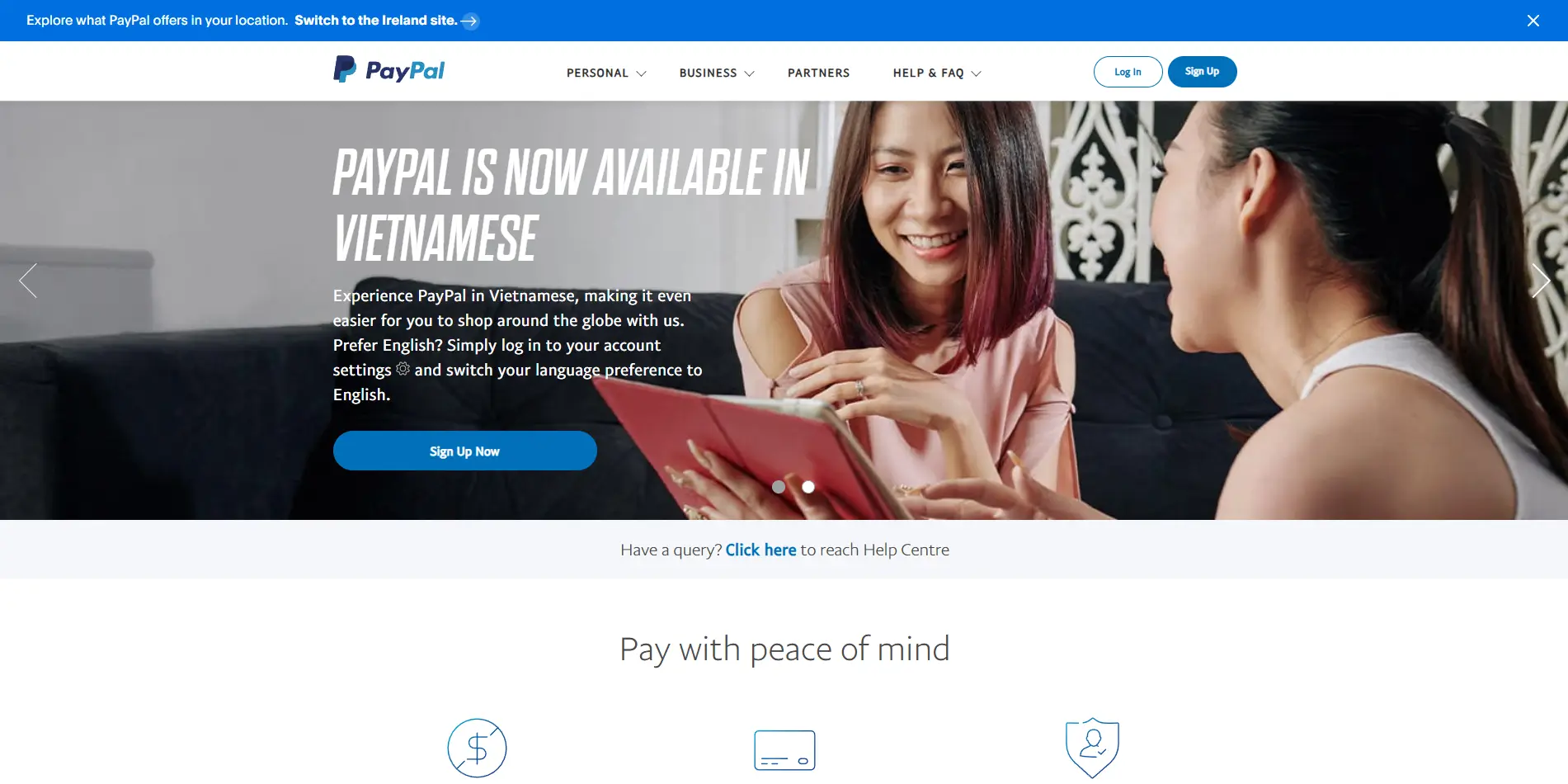
- Seamless Integration with eCommerce Platforms: PayPal integrates effortlessly with leading eCommerce platforms such as Shopify, WooCommerce, and Magento, making it easy for businesses to incorporate it into their payment systems. Customers can pay with their PayPal account, linked credit or debit cards, or even their bank accounts, ensuring a hassle-free checkout experience.
- Support for Multiple Currencies and Payment Methods: As a global payment gateway, PayPal supports transactions in over 100 currencies, allowing businesses to cater to international customers. In addition to traditional payment methods, PayPal enables customers to use options like PayPal Credit, Pay in 4 (a BNPL solution), and digital wallets, aligning with diverse customer preferences.
- Advanced Fraud Protection and Buyer/Seller Protection Policies: PayPal prioritizes security with advanced fraud detection tools and encryption. Its buyer and seller protection policies ensure that both parties are safeguarded against fraudulent activities, unauthorized payments, and disputes, making it a trusted choice for global transactions.
PayPal’s versatility and focus on security make it an essential component of omnichannel payments for businesses targeting a global audience.
Stripe
Stripe has gained prominence as a developer-friendly payment gateway, offering extensive customization capabilities and advanced features that cater to businesses of all sizes. Its innovative approach to payment processing aligns perfectly with the demands of omnichannel payments.
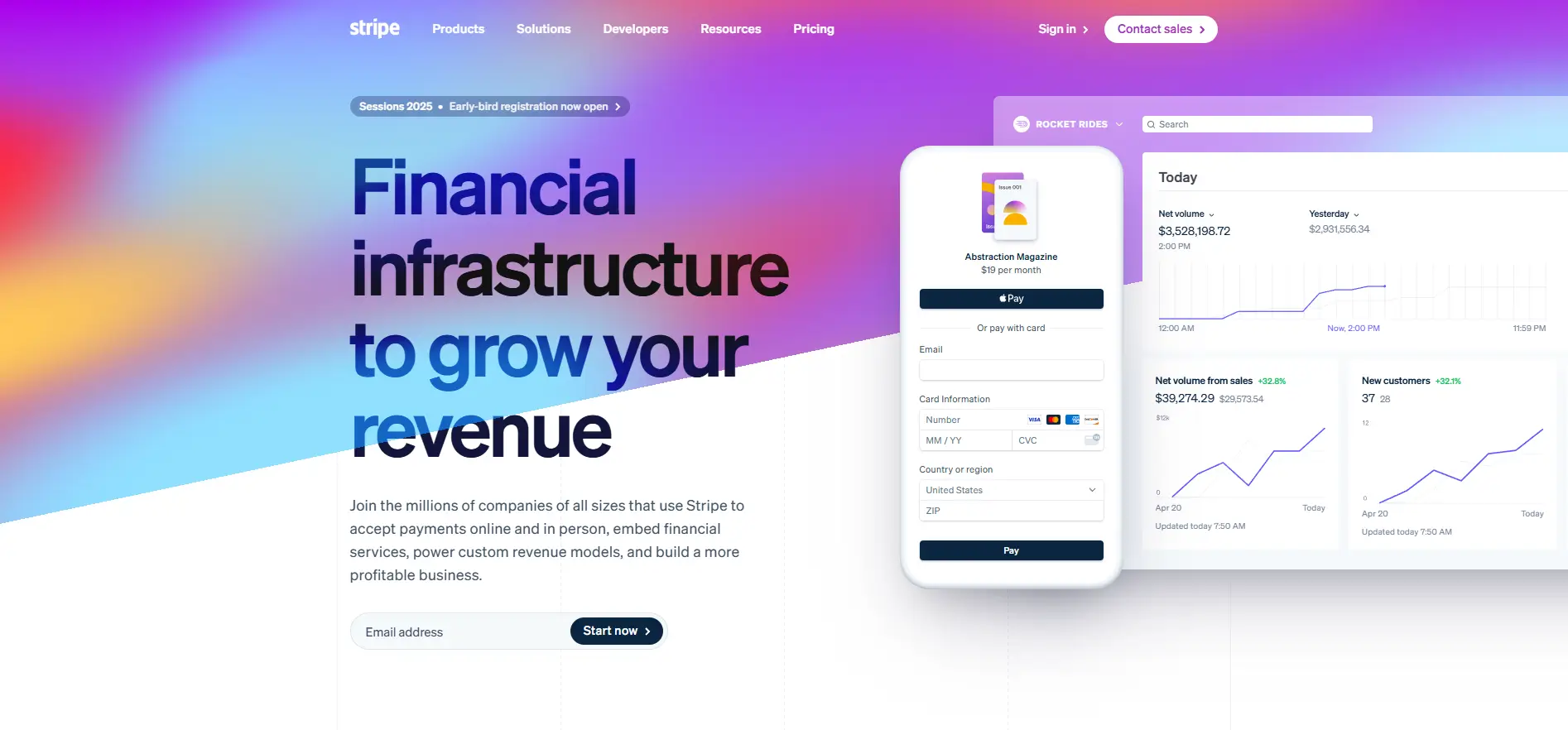
- Developer-Friendly APIs for Custom Integrations: Stripe’s robust APIs allow businesses to build custom payment solutions tailored to their unique needs. Whether it’s integrating with a proprietary eCommerce platform or developing a subscription-based billing system, Stripe offers the tools to create a seamless experience.
- Support for Recurring Billing, Subscriptions, and Multi-Party Payments: Stripe excels in handling complex payment models, such as recurring billing for subscription services and multi-party payments for marketplaces. These features are critical for businesses operating across diverse channels, ensuring flexibility and scalability.
- Advanced Analytics and Machine Learning Fraud Prevention: Stripe provides businesses with detailed analytics to monitor payment trends, revenue performance, and customer behavior. Its machine learning-powered fraud prevention system, Radar, proactively identifies and blocks suspicious transactions, safeguarding businesses and their customers.
Stripe’s focus on flexibility, innovation, and security positions it as a leading choice for businesses implementing omnichannel payments.
Square
Square is a versatile payment gateway that combines robust payment processing with advanced tools for managing in-store and online operations. Its all-in-one approach makes it a valuable addition to omnichannel payments, particularly for small and medium-sized businesses.
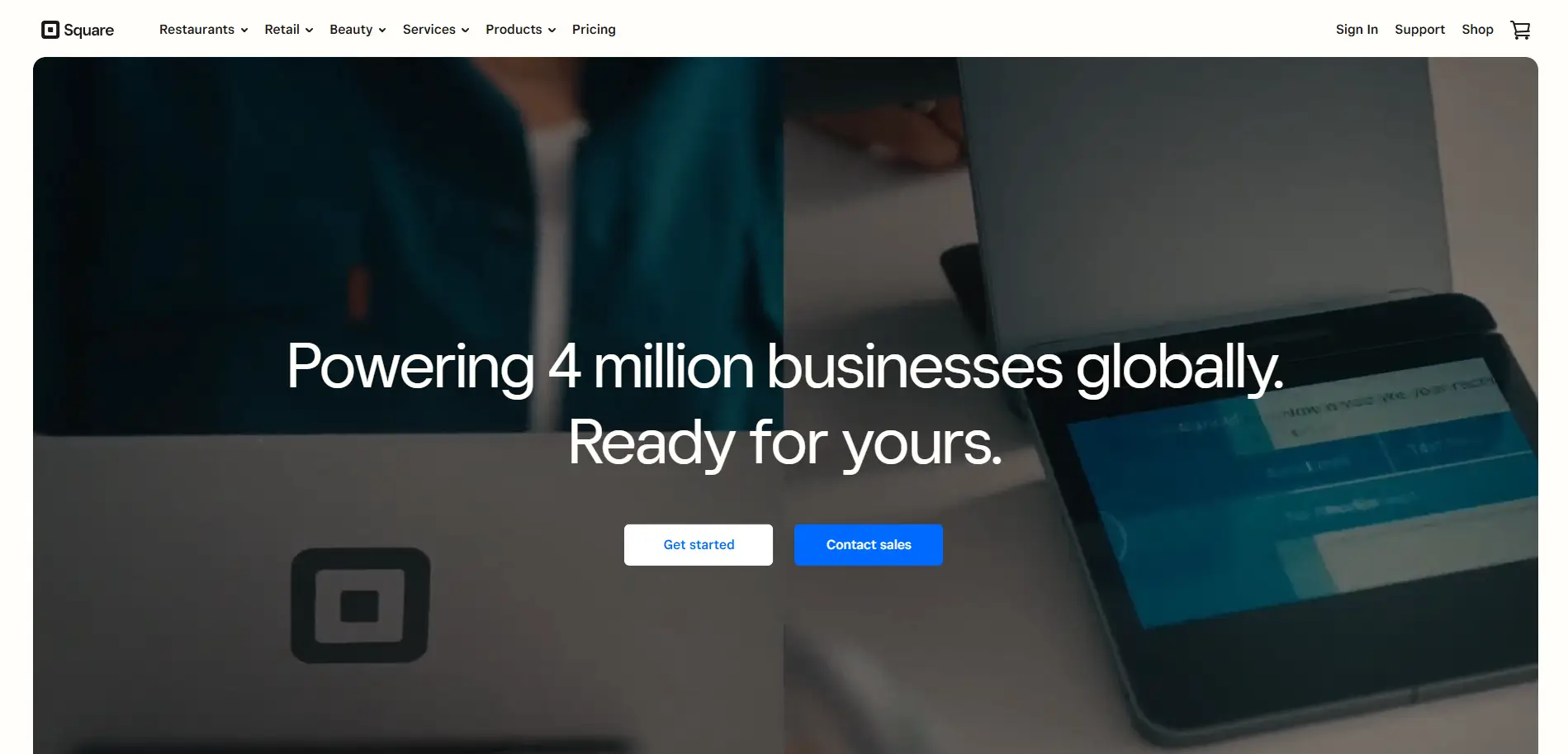
- Integration of Payment Processing with POS Systems: Square seamlessly integrates its payment gateway with its point-of-sale systems, providing businesses with a unified solution for in-store and online sales. This integration ensures that all transactions are recorded in a single platform, simplifying operations and enhancing efficiency.
- Tools for Invoicing, Inventory Management, and Payroll Integration: Beyond payment processing, Square offers a suite of tools to streamline business operations. Its invoicing feature allows businesses to send and track invoices easily, while its inventory management system keeps stock levels updated in real time. Payroll integration ensures that employees are paid accurately and on time, reducing administrative burdens.
- Competitive Rates and Robust Reporting Features: Square is known for its transparent and competitive pricing, making it an attractive choice for small businesses. Additionally, its reporting features provide actionable insights into sales performance, customer behavior, and operational efficiency, helping businesses make informed decisions.
Square’s comprehensive feature set and user-friendly design make it a cornerstone of omnichannel payments, particularly for businesses looking to unify their payment and operational systems.
Payment gateways are indispensable for the success of omnichannel payments, providing businesses with the tools to process transactions securely, efficiently, and flexibly across multiple channels. PayPal excels in global reach and customer trust, Stripe leads in customization and advanced features, and Square offers an all-in-one solution for in-store and online operations. Together, these gateways empower businesses to meet the diverse needs of their customers while optimizing operational efficiency, making them essential components of a robust omnichannel payment strategy.
Point-of-Sale Systems
Point-of-sale systems are integral to the success of omnichannel payments, providing a bridge between physical retail operations and digital commerce. Modern POS systems go beyond simple payment terminals, offering comprehensive features that unify in-store, online, and mobile transactions. By integrating advanced functionalities such as inventory management, employee tracking, and loyalty programs, POS systems help businesses streamline operations and create consistent customer experiences. Here, we explore three leading POS systems—Clover POS, Shopify POS, and Lightspeed POS—and their contributions to omnichannel payments.
Clover POS
Clover POS is a versatile and highly customizable point-of-sale system designed to meet the diverse needs of businesses. Its integrated payment processing and advanced features make it an excellent choice for businesses looking to optimize their omnichannel payments strategy.
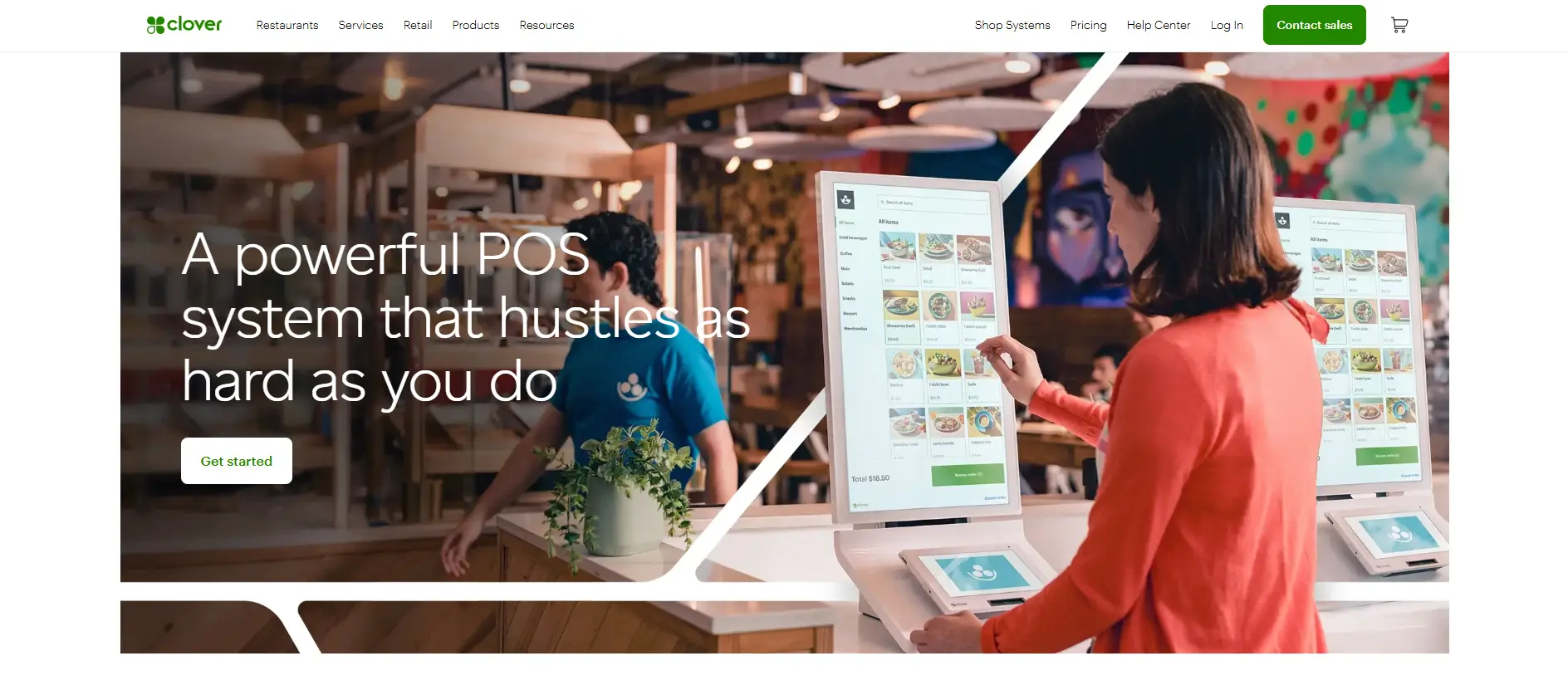
- Highly Customizable System with Integrated Payment Processing: Clover POS offers a flexible platform that businesses can tailor to their specific requirements. From small retailers to larger establishments, Clover POS supports various industries with features that integrate seamlessly into existing payment systems. Its built-in payment processing ensures secure and efficient transactions, enhancing the customer experience.
- Inventory Management, Employee Tracking, and Loyalty Programs: Clover POS provides robust tools for managing inventory, tracking employee performance, and running customer loyalty programs. Businesses can monitor stock levels in real time, set alerts for low inventory, and analyze sales trends. Loyalty programs encourage repeat customers by enabling rewards, discounts, and personalized offers.
- Mobile POS Functionality for Flexible Checkout Options: With mobile POS capabilities, Clover POS allows businesses to accept payments anywhere within their store or even at pop-up locations. This flexibility enhances customer convenience by reducing wait times and creating a seamless checkout process.
Clover POS is a comprehensive solution for businesses seeking a customizable and efficient POS system that integrates seamlessly into their omnichannel payments ecosystem.
Shopify POS
Shopify POS is a powerful point-of-sale system that fully integrates with Shopify’s eCommerce platform, making it a perfect choice for businesses that operate both online and in-store. Its robust features ensure consistency and flexibility in managing inventory, sales, and customer experiences.
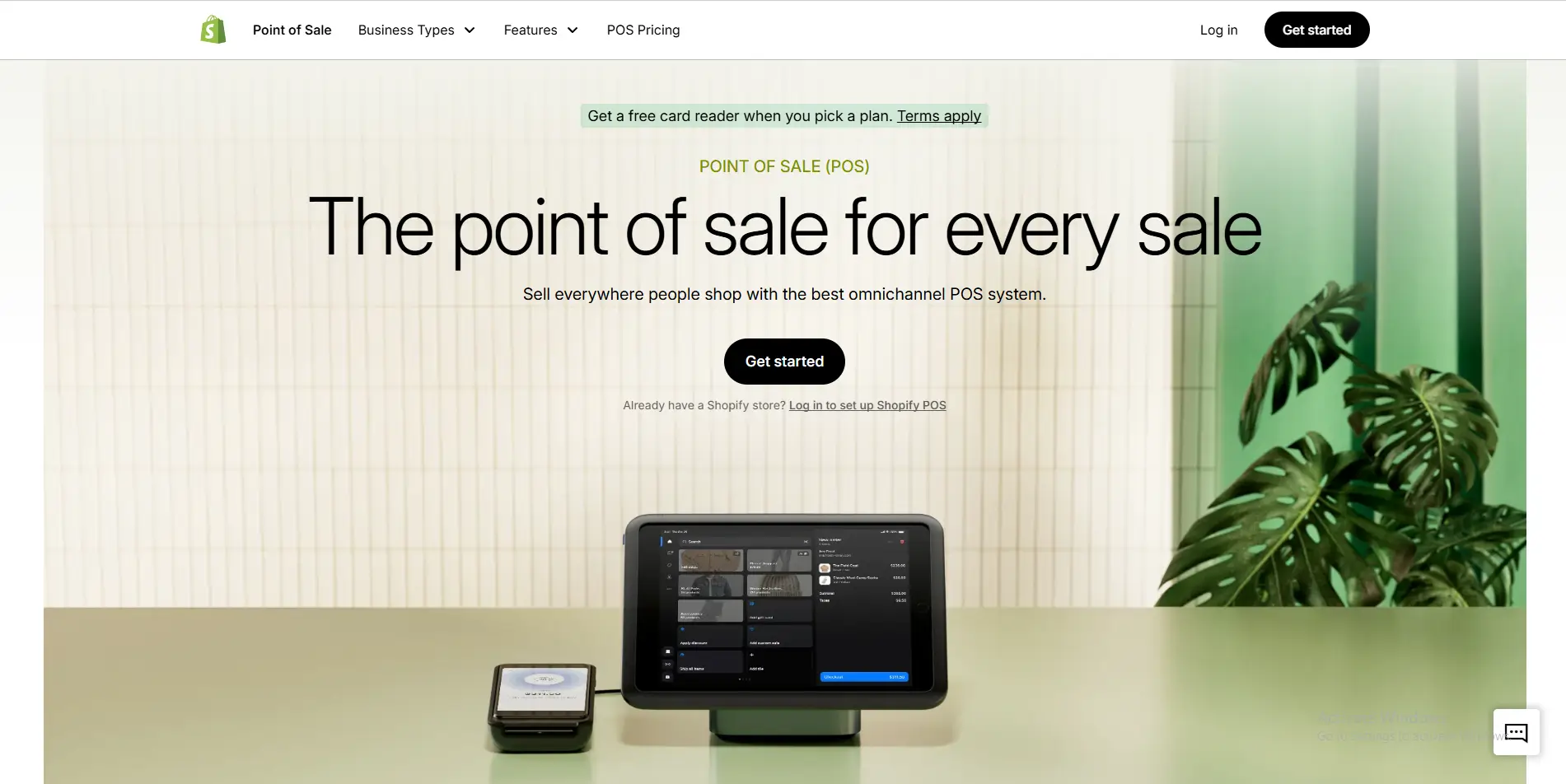
- Full Integration with Shopify’s eCommerce Platform: Shopify POS provides seamless synchronization between online and in-store operations, ensuring that inventory and sales data are updated in real time. This integration simplifies inventory tracking, enabling businesses to avoid stockouts or overselling while maintaining a unified view of sales performance.
- Seamless In-Store and Online Shopping Experiences: Shopify POS allows businesses to offer customers the flexibility to shop across channels. For instance, customers can browse products online, check availability in a nearby store, and complete the purchase in-store. Similarly, in-store purchases can be linked to customer accounts for online loyalty rewards or order tracking.
- Hardware Options for Various Retail Needs: Shopify POS offers a range of hardware solutions to meet the needs of different businesses. From card readers and barcode scanners to cash drawers and receipt printers, these options ensure that businesses can create a professional and efficient checkout experience tailored to their operations.
Shopify POS stands out as a unified solution for businesses aiming to provide seamless and consistent experiences across digital and physical channels.
Lightspeed POS
Lightspeed POS is designed specifically for retail and hospitality businesses, offering industry-specific features that support omnichannel payments and enhance operational efficiency. Its advanced tools cater to the unique needs of these sectors, making it an ideal choice for businesses that require specialized solutions.
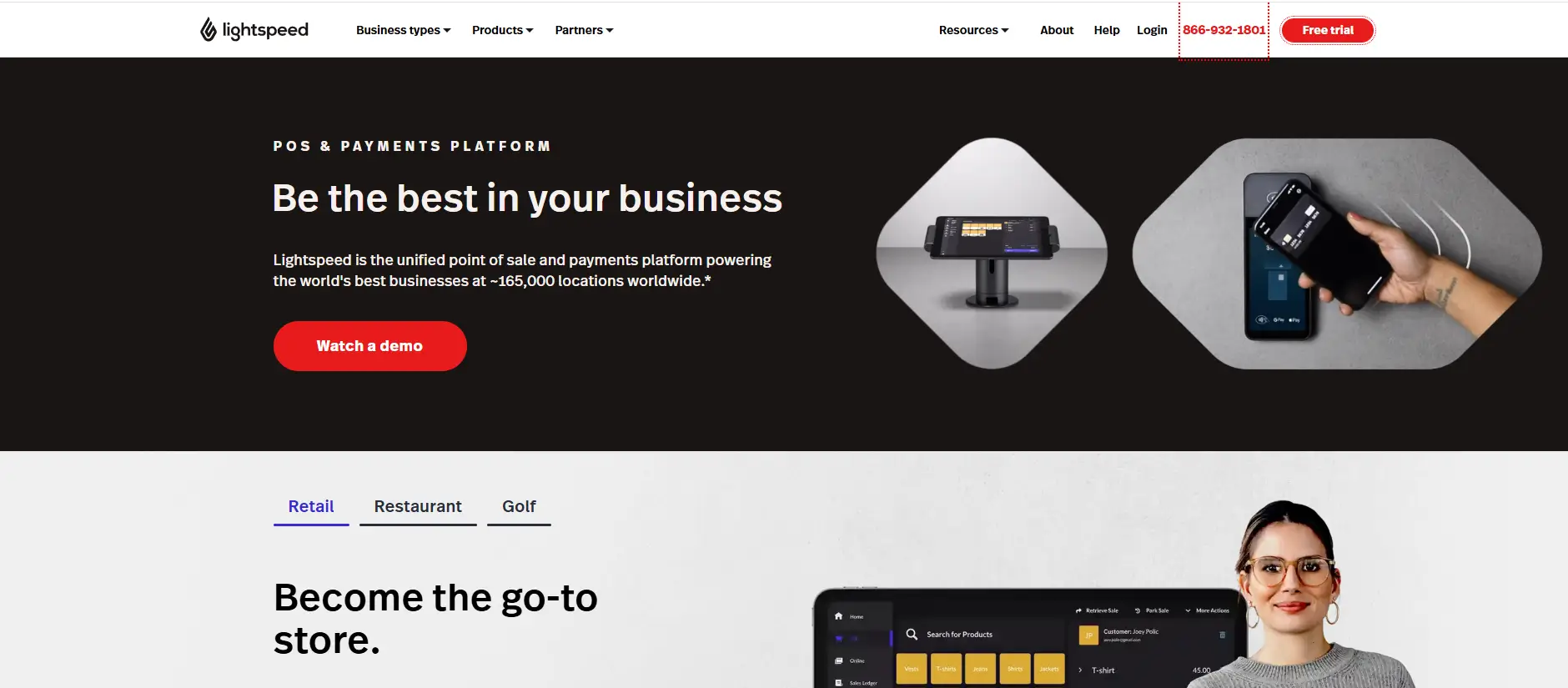
- Industry-Specific Features for Retail and Hospitality: Lightspeed POS tailors its features to suit the needs of various industries. Retailers benefit from tools for managing large inventories, while hospitality businesses enjoy functionalities like table management, menu customization, and split billing. This industry focus ensures that Lightspeed POS meets the specific demands of its users.
- Advanced Inventory Management, Reporting, and Customer Insights: Lightspeed POS includes robust inventory management tools that allow businesses to track stock levels, monitor performance, and generate detailed reports. These insights help businesses identify trends, forecast demand, and make informed decisions about inventory and marketing strategies.
- Mobile POS Solutions for On-the-Go Sales: Lightspeed POS offers mobile capabilities, enabling businesses to accept payments and manage transactions from anywhere. This flexibility is particularly useful for businesses operating in dynamic environments, such as food trucks, pop-up shops, or outdoor events.
Lightspeed POS is a feature-rich system that empowers retail and hospitality businesses to enhance their omnichannel payments and streamline operations.
Point-of-sale systems are essential to the success of omnichannel payments, acting as a bridge between physical and digital transactions. Clover POS offers customization and mobile functionality, making it ideal for businesses seeking flexibility. Shopify POS provides seamless integration with eCommerce platforms, ensuring consistency across online and in-store operations. Lightspeed POS delivers industry-specific features tailored to retail and hospitality businesses, enhancing efficiency and customer satisfaction. Together, these POS systems highlight the versatility and power of omnichannel payments, enabling businesses to thrive in a competitive marketplace.
Mobile Payment Solutions
Mobile payment solutions are a vital component of omnichannel payments, catering to the growing demand for convenience, speed, and security in modern commerce. By leveraging smartphones and other mobile devices, these solutions enable seamless transactions across online, in-app, and in-store environments. Among the leading players in the mobile payment space are Apple Pay, Google Pay, and Samsung Pay, each offering unique features that enhance the customer experience and empower businesses to provide flexible payment options.
Apple Pay
Apple Pay has established itself as a leader in mobile payment solutions, offering customers a secure, convenient, and fast way to complete transactions. Designed exclusively for Apple devices, it seamlessly integrates with the iOS ecosystem, making it an essential element of omnichannel payments for businesses targeting Apple users.
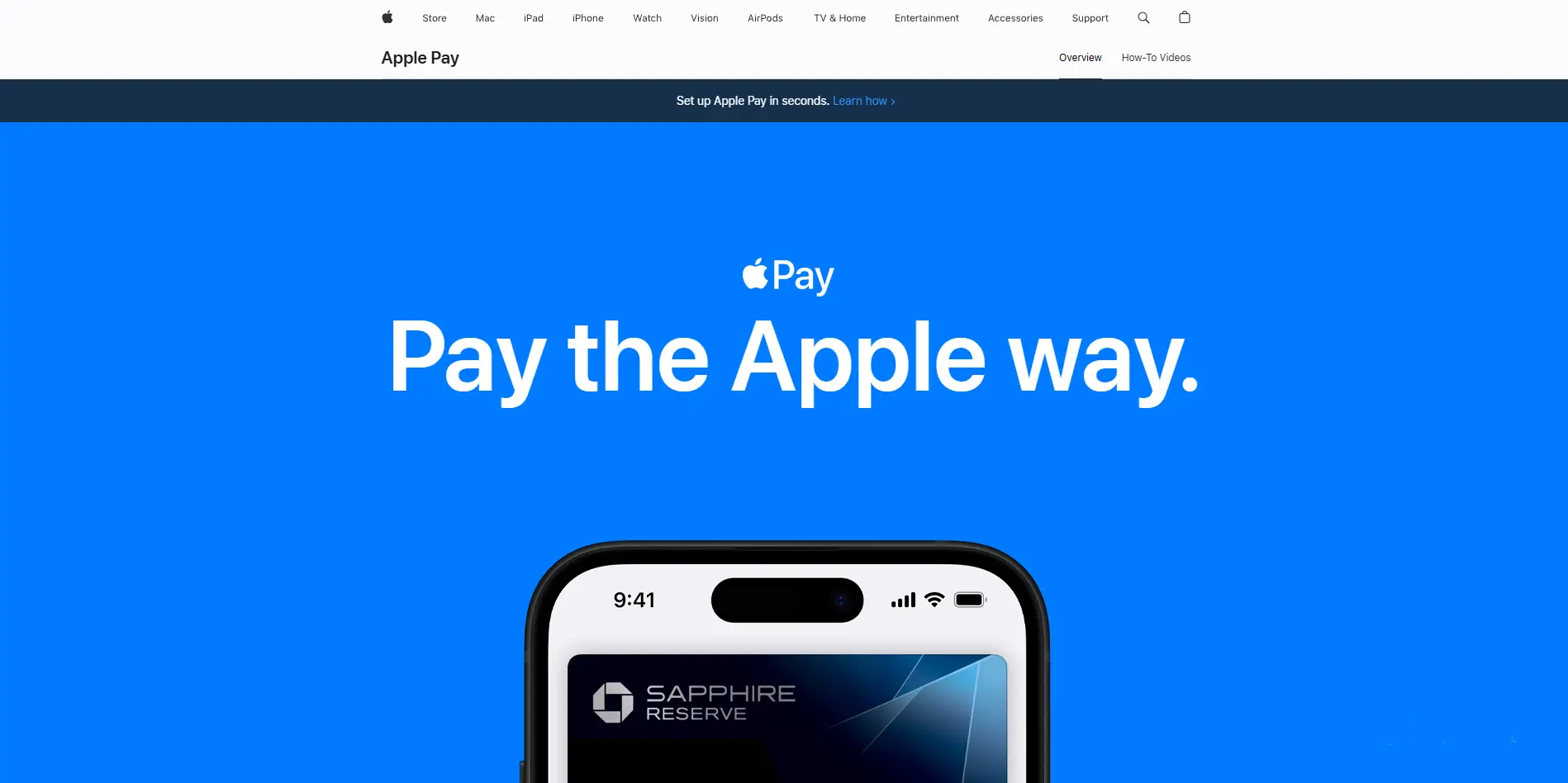
- Enables Contactless Payments with Biometric Authentication: Apple Pay allows users to make contactless payments with a simple tap of their device, whether it’s an iPhone, iPad, or Apple Watch. Biometric authentication through Face ID or Touch ID adds an extra layer of security, ensuring that transactions are both fast and safe.
- Seamless Integration with iOS Devices and Apps: Apple Pay integrates effortlessly with Apple’s ecosystem, supporting in-app purchases, online transactions, and point-of-sale payments. Businesses can incorporate Apple Pay into their apps and websites, creating a smooth and consistent experience for customers who prefer mobile-first strategies.
- Supported by Merchants Globally: Apple Pay’s widespread adoption ensures compatibility with a vast network of merchants, from online retailers to brick-and-mortar stores. This global support makes it a reliable option for businesses looking to expand their omnichannel payments strategy to a broad audience.
Apple Pay’s emphasis on security, convenience, and integration makes it a valuable tool for businesses seeking to provide frictionless payment experiences in their omnichannel systems.
Google Pay
Google Pay has become a popular mobile payment solution for Android users, combining simplicity, security, and functionality into a unified platform. With features that cater to both customers and businesses, Google Pay is an integral part of omnichannel payments, enabling seamless transactions across multiple channels.
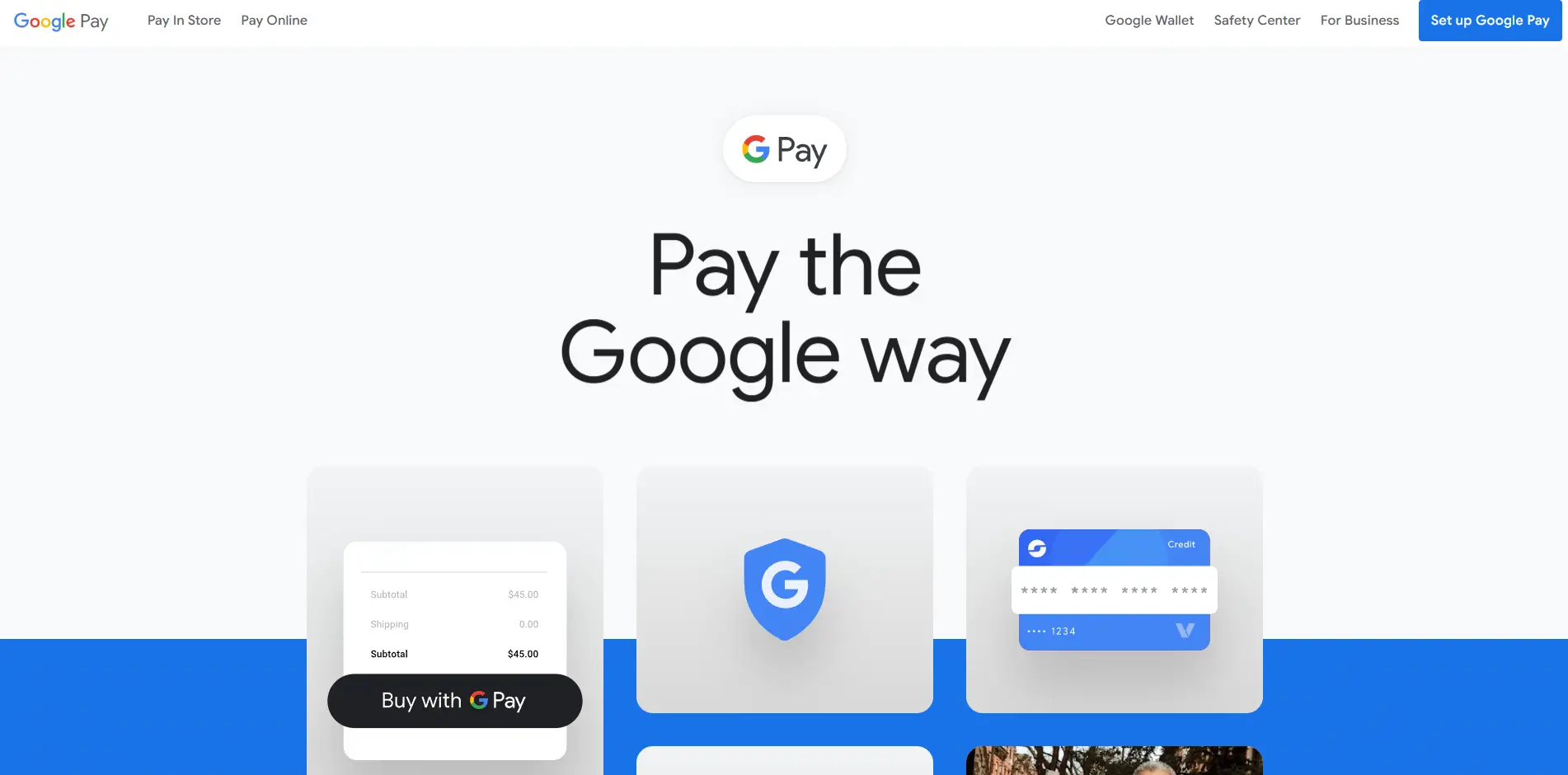
- Unified Wallet for Payment Methods, Loyalty Cards, and Passes: Google Pay acts as a digital wallet, storing credit and debit cards, loyalty rewards, gift cards, and even boarding passes. This all-in-one approach simplifies the customer experience, ensuring that everything they need for a transaction is in one convenient location.
- Easy Integration with Android Apps and Websites: Google Pay is designed to integrate seamlessly with Android apps and websites, allowing businesses to offer a smooth and efficient payment experience. For example, customers can make one-click payments on eCommerce sites or in mobile apps without needing to re-enter their payment details.
- Advanced Security Through Tokenization and Multi-Factor Authentication: Google Pay prioritizes security by replacing sensitive card details with unique tokens during transactions, ensuring that actual card information is never shared with merchants. Multi-factor authentication adds an additional layer of protection, providing peace of mind for both customers and businesses.
Google Pay’s user-friendly features and robust security measures make it an indispensable part of any omnichannel payment strategy, particularly for businesses targeting Android users.
Samsung Pay
Samsung Pay distinguishes itself from other mobile payment solutions with its unique technology and rewards-based approach, making it a versatile option in omnichannel payments. Designed for Samsung devices, it offers broad compatibility and innovative features that enhance customer convenience.
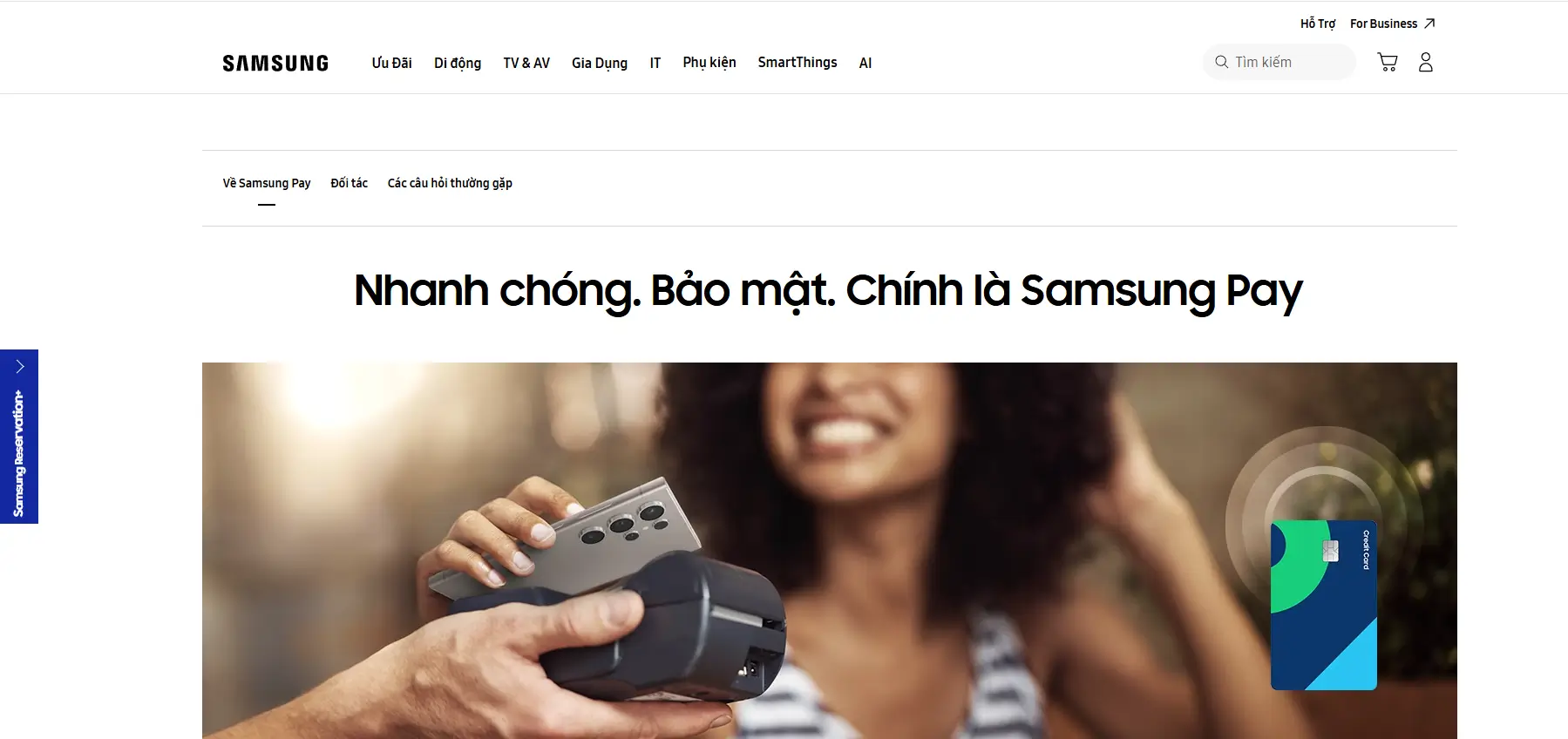
- Unique MST Technology for NFC and Magnetic Card Readers: Samsung Pay’s Magnetic Secure Transmission (MST) technology allows it to work with both NFC-enabled terminals and traditional magnetic card readers. This capability ensures that customers can use Samsung Pay almost anywhere, making it one of the most universally accepted mobile payment solutions.
- Rewards Program to Incentivize Users: Samsung Pay includes a built-in rewards program that encourages customer adoption and engagement. Users earn points for every purchase made through the platform, which can be redeemed for discounts, gift cards, or other perks, creating additional value for customers.
- Wide Compatibility with Banks and Card Networks: Samsung Pay supports a broad range of banks and card networks globally, ensuring that customers can link their preferred payment methods and use them seamlessly across online and in-store transactions.
Samsung Pay’s focus on compatibility, incentives, and technological innovation makes it a valuable addition to any omnichannel payments ecosystem, particularly for businesses seeking to cater to a diverse customer base.
Mobile payment solutions are a cornerstone of omnichannel payments, enabling businesses to deliver fast, secure, and convenient transactions across multiple channels. Apple Pay excels in its seamless integration with the iOS ecosystem, Google Pay offers a comprehensive and secure digital wallet for Android users, and Samsung Pay stands out with its versatile MST technology and customer rewards program. Together, these solutions empower businesses to meet customer expectations, streamline payment processes, and enhance the overall shopping experience. As mobile payments continue to grow in popularity, integrating these solutions into an omnichannel payment strategy is essential for businesses looking to stay competitive and customer-focused.
Unified Commerce Platforms
Unified commerce platforms are the ultimate solution for businesses aiming to deliver seamless and consistent omnichannel payments. These platforms integrate critical aspects of eCommerce, such as inventory, shipping, customer engagement, and payment processing, into a single, cohesive system. By breaking down silos and centralizing operations, unified commerce platforms empower businesses to provide streamlined customer experiences while enhancing operational efficiency. Below, we explore three leading unified commerce platforms—Shopify, BigCommerce, and Magento (Adobe Commerce)—and their contributions to omnichannel payments.
Shopify
Shopify is a widely popular unified commerce platform that integrates eCommerce, payment processing, and back-end operations into a user-friendly solution. Its flexibility and scalability make it an ideal choice for businesses of all sizes implementing omnichannel payments.

- Integration of Inventory, Shipping, and Payment Solutions: Shopify’s platform ensures that inventory, shipping, and payment processes are fully integrated, enabling businesses to manage these functions from a single dashboard. For instance, when a customer makes a purchase, Shopify automatically updates inventory levels, processes the payment, and generates a shipping label, saving businesses time and effort.
- Built-In Tools for Analytics, Marketing, and Customer Engagement: Shopify provides robust tools for monitoring sales performance, analyzing customer behavior, and managing marketing campaigns. Features such as abandoned cart recovery and email marketing help businesses engage customers effectively, increasing conversions and revenue.
- Support for Multiple Sales Channels: Shopify supports omnichannel payments across online stores, social media platforms, and marketplaces like Amazon and eBay. This multi-channel functionality allows businesses to reach a broader audience and provide a consistent shopping experience across all touchpoints.
Shopify’s all-in-one approach makes it a powerful platform for businesses seeking to streamline operations and enhance their omnichannel payments strategy.
BigCommerce
BigCommerce is a robust unified commerce platform designed for scalability and customization, making it particularly suited for businesses managing large inventories or operating multiple stores. Its advanced tools and integrations are ideal for supporting comprehensive omnichannel payments.
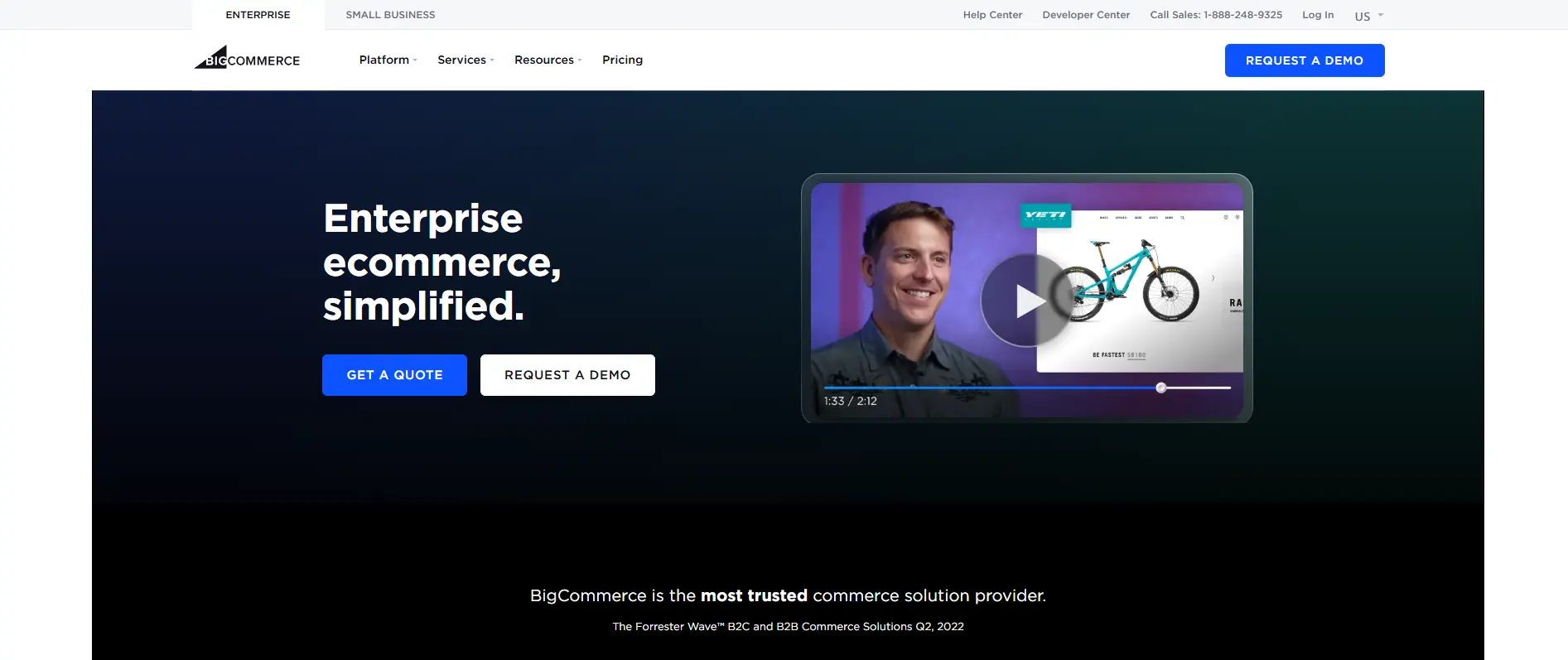
- Robust Tools for Managing Large Inventories and Multi-Store Setups: BigCommerce is equipped to handle complex inventory systems and multi-store operations, ensuring that businesses can manage products efficiently across various locations and channels. Real-time updates and centralized control prevent stockouts and overselling, providing a smooth shopping experience for customers.
- Integrations with Popular Payment Gateways: BigCommerce supports integrations with leading payment gateways like PayPal, Stripe, and Square, ensuring flexibility in omnichannel payments. This compatibility allows businesses to offer a wide range of payment options to customers, enhancing satisfaction and reducing cart abandonment.
- Headless Commerce Capabilities for Custom Solutions: BigCommerce’s headless commerce architecture enables businesses to decouple the front-end customer experience from the back-end systems. This flexibility allows for highly customized and branded shopping experiences while maintaining seamless integration with omnichannel payments.
BigCommerce’s scalability and customization options make it an excellent choice for businesses looking to expand their omnichannel presence and enhance payment flexibility.
Magento (Adobe Commerce)
Magento, now known as Adobe Commerce, is a leading unified commerce platform designed for enterprise-grade eCommerce operations. Its highly customizable features and advanced integrations make it a top choice for businesses with complex omnichannel payment needs.
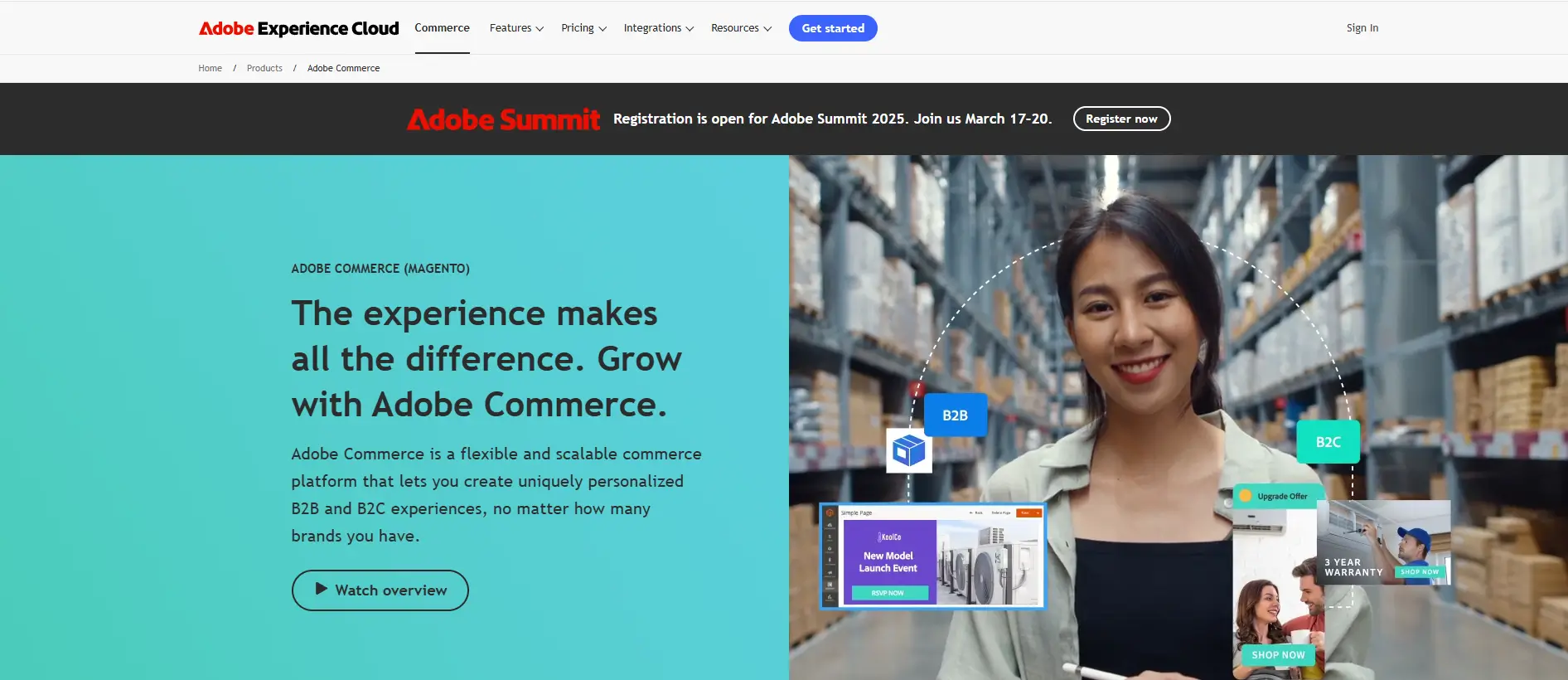
- Highly Customizable Platform for Enterprise Operations: Magento provides unmatched flexibility, allowing businesses to tailor every aspect of their eCommerce operations, from payment processes to website design. This customization is particularly beneficial for businesses with unique requirements or those operating in niche markets.
- Seamless Integration with CRM, ERP, and Third-Party Applications: Magento supports integrations with customer relationship management (CRM) tools, enterprise resource planning (ERP) systems, and other third-party applications. These integrations ensure that payment data and customer interactions are synchronized across all platforms, creating a unified omnichannel experience.
- Advanced Analytics and AI-Driven Personalization Tools: Magento leverages artificial intelligence and machine learning to deliver personalized shopping experiences. By analyzing payment and customer behavior data, businesses can offer tailored product recommendations, dynamic pricing, and targeted promotions that drive engagement and loyalty.
Magento’s enterprise-grade capabilities and focus on personalization make it an indispensable platform for businesses seeking to optimize their omnichannel payments.
Unified commerce platforms are the backbone of seamless omnichannel payments, offering businesses the tools to integrate, scale, and personalize their operations. Shopify excels with its user-friendly interface and multi-channel support, BigCommerce provides scalability and customization for complex operations, and Magento (Adobe Commerce) stands out with its enterprise-grade features and AI-driven insights. Together, these platforms empower businesses to meet customer expectations, streamline payment processes, and drive growth in an increasingly interconnected marketplace. For businesses looking to stay competitive, adopting a unified commerce platform is a strategic step toward mastering omnichannel payments.
Challenges in Implementing Omnichannel Payments
While omnichannel payments offer transformative benefits, their implementation is not without challenges. Businesses must navigate integration complexities, regulatory requirements, security risks, and financial considerations to create a unified and effective payment system. Addressing these challenges is essential for ensuring a seamless customer experience and achieving operational efficiency.
Integration Complexity
The integration of omnichannel payments with existing systems is often a daunting task for businesses. Creating a unified payment ecosystem requires connecting various platforms, technologies, and workflows across physical and digital channels. This process is fraught with complexities, ranging from legacy system limitations to technical barriers in ensuring smooth data exchange. Successfully overcoming these hurdles is critical for businesses aiming to deliver seamless customer experiences and operational efficiency.
Difficulties in Aligning New Payment Systems with Existing Platforms
Integrating modern omnichannel payment systems with legacy platforms is a significant challenge for businesses. Many organizations rely on outdated systems that lack the flexibility and scalability required to support new payment technologies.
- Legacy systems often operate in silos, making it difficult to sync payment data across channels. This misalignment can result in inconsistent customer experiences, such as discrepancies in inventory or incomplete transaction records.
- Customizing existing platforms to accommodate omnichannel payments can be resource-intensive, requiring extensive IT support and development expertise.
- Businesses must also address hardware compatibility, such as upgrading point-of-sale systems or mobile devices, to ensure they support new payment methods like digital wallets or contactless payments.
To overcome these challenges, businesses need a well-defined integration strategy and may benefit from partnering with experienced technology providers.
Ensuring Seamless Connectivity Between Physical and Digital Channels
A core aspect of omnichannel payments is the seamless connection between in-store and digital payment channels. However, achieving this level of synchronization requires overcoming significant technical and operational hurdles.

- Ensuring real-time updates for inventory, sales, and customer data across all platforms is critical but can be challenging without robust infrastructure. For example, a product purchased online for in-store pickup must immediately update inventory levels to prevent overselling.
- The lack of standardized protocols for connecting physical and digital channels can create inefficiencies, leading to delays in processing transactions or discrepancies in customer records.
- Businesses must also ensure that customer loyalty programs and promotional offers work consistently across all channels, requiring synchronized systems and data-sharing capabilities.
Investing in omnichannel-specific technology and middleware solutions can help businesses bridge the gap between physical and digital channels effectively.
Technical Challenges with APIs and Middleware
APIs and middleware are crucial for enabling omnichannel payments by facilitating communication between different systems. However, implementing these technologies comes with its own set of challenges.
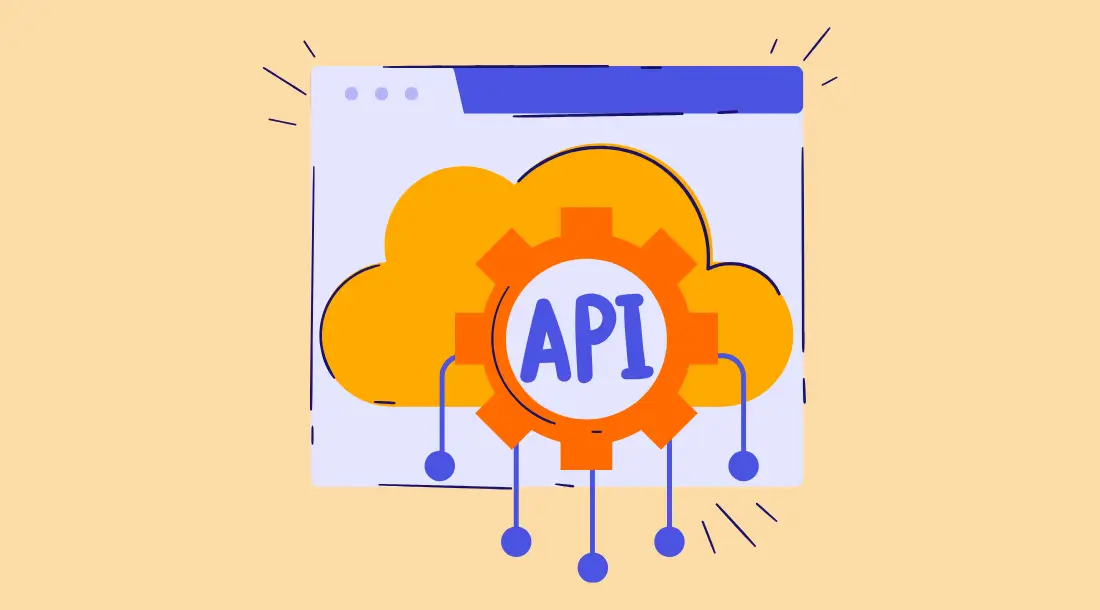
- Developing and managing APIs requires technical expertise and ongoing maintenance to ensure compatibility with various platforms and payment gateways.
- Middleware can introduce latency or data synchronization issues if not implemented correctly, impacting the customer experience and operational efficiency.
- Security concerns related to API vulnerabilities, such as unauthorized access or data breaches, must be addressed through robust encryption and authentication protocols.
Businesses must prioritize scalable, secure, and well-documented API integrations to ensure a smooth and reliable omnichannel payment system.
Compliance and Regulatory Issues
Navigating the regulatory landscape is a significant challenge for businesses implementing omnichannel payments. With laws and standards evolving rapidly across different regions, businesses must ensure their payment systems comply with local, national, and international regulations. These requirements extend beyond basic data protection, encompassing payment security, taxation, and customer authentication. Compliance is crucial to maintaining trust and avoiding legal penalties while fostering secure and transparent payment processes.
Navigating Data Privacy Laws Like GDPR, CCPA, or PSD2
Omnichannel payments require the collection and processing of vast amounts of customer data, making compliance with data privacy laws a critical challenge.
- Regulations like the General Data Protection Regulation (GDPR) in Europe and the California Consumer Privacy Act (CCPA) in the United States mandate strict controls on data collection, storage, and sharing. Non-compliance can result in significant fines and reputational damage.
- Payment-specific regulations like the Payment Services Directive 2 (PSD2) require businesses to implement strong customer authentication (SCA) and ensure transparency in payment processes.
- Businesses operating across multiple regions must navigate varying laws, creating complexities in implementing a standardized approach to data privacy and security.
To mitigate risks, businesses need robust data management practices and legal expertise to align their omnichannel payment systems with global and regional regulations.
Staying Updated with Industry Standards for Payment Security
The fast-evolving nature of payment security standards poses a challenge for businesses implementing omnichannel payments.
- Standards like PCI DSS (Payment Card Industry Data Security Standard) are regularly updated to address emerging threats. Businesses must ensure their systems comply with the latest requirements, which can involve significant operational adjustments.
- Continuous employee training is essential to maintain compliance, especially as new standards introduce advanced technologies like tokenization or encryption protocols.
- Failure to comply with industry standards not only increases the risk of data breaches but can also result in penalties from payment processors or regulators.
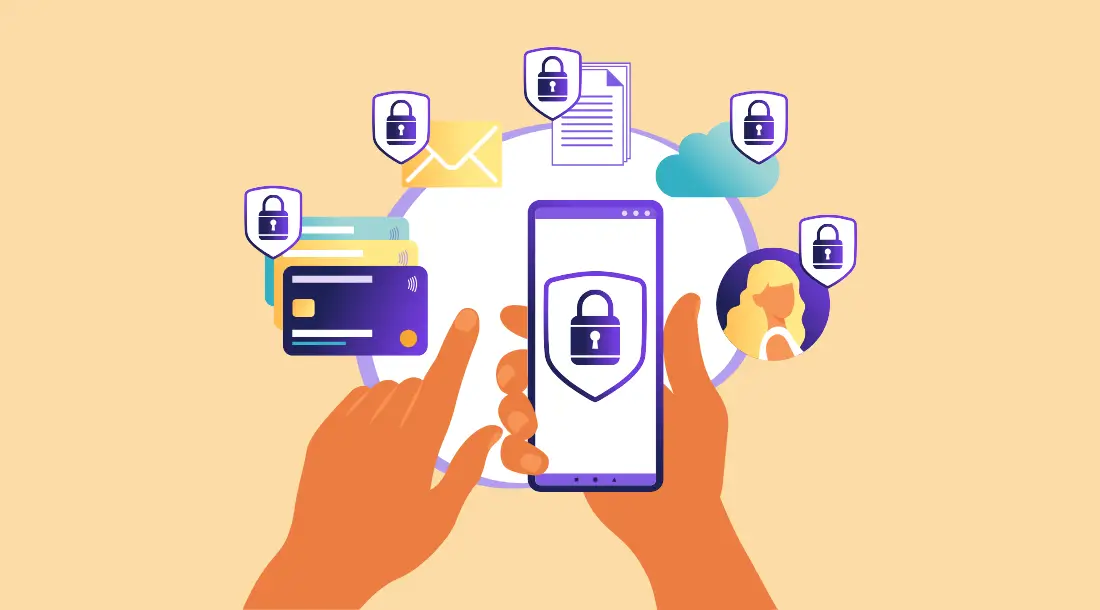
Investing in ongoing compliance monitoring and training programs is vital for businesses to meet these evolving standards effectively.
Adapting to Regional-Specific Regulations
Expanding internationally with omnichannel payments requires adherence to diverse regional regulations, which can complicate implementation.
- Countries may have unique requirements related to data localization, tax reporting, or anti-money laundering (AML) practices. For example, India’s Unified Payments Interface (UPI) has specific integration guidelines that businesses must follow.
- Businesses must navigate varying customer authentication requirements, such as biometric authentication in some regions versus SMS-based authentication in others.
- Adapting systems to comply with local laws often requires additional customization, increasing implementation timelines and costs.
To address these challenges, businesses should collaborate with local experts and invest in payment platforms that offer built-in compliance tools for specific regions.
Security Concerns
Security remains a top priority and one of the most challenging aspects of implementing omnichannel payments. Businesses must manage the complexities of protecting sensitive customer data while providing a seamless and convenient payment experience. As cyber threats become more sophisticated, maintaining robust security measures across all payment channels is essential. Striking a balance between security and usability is key to building trust and ensuring the long-term success of omnichannel payment systems.
Protecting Sensitive Customer Data from Cyber Threats
Handling sensitive payment information across multiple channels makes omnichannel payments a prime target for cyberattacks.
- Businesses must implement robust encryption, tokenization, and secure storage practices to protect customer data from breaches and unauthorized access.
- Fraudulent activities, such as phishing or card skimming, require proactive monitoring and real-time fraud detection tools to safeguard transactions.
- Regular vulnerability assessments and penetration testing are essential to identify and address potential security gaps.
Strong cybersecurity measures are critical for maintaining customer trust and protecting the integrity of omnichannel payments.
Balancing Convenience with Robust Authentication Methods
While security is paramount, businesses must balance it with customer convenience to ensure smooth transactions.
- Implementing advanced authentication methods like biometrics or multi-factor authentication enhances security but may create friction in the payment process.
- Businesses must design intuitive authentication workflows that minimize disruptions, such as enabling one-click payments for trusted devices or using behavioral analytics for risk assessment.
- Striking the right balance ensures that customers feel secure without being burdened by overly complex verification steps.
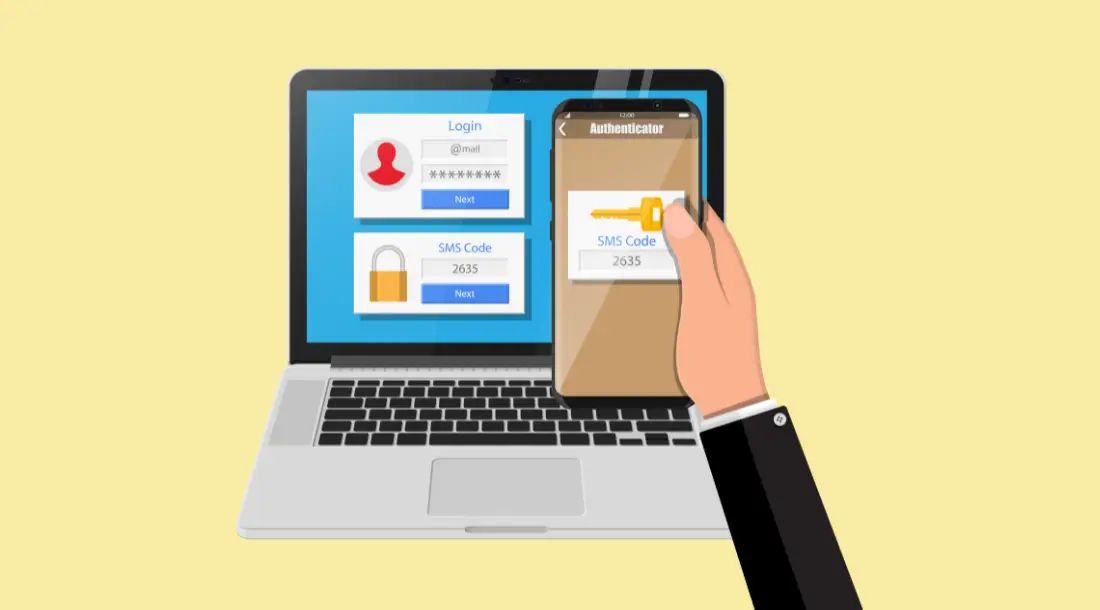
Customer-centric security solutions are essential for retaining trust and ensuring the success of omnichannel payments.
Building Customer Trust Through Transparent Security Measures
Transparency in how businesses handle and protect customer data is key to building trust in omnichannel payments.
- Clearly communicating security policies and practices reassures customers about the safety of their transactions.
- Providing real-time notifications for payments and potential fraud alerts enhances customer confidence.
- Businesses should offer self-service tools that allow customers to manage their payment preferences, view transaction histories, and report suspicious activities.
Building trust through transparency strengthens customer relationships and encourages adoption of omnichannel payments.
Costs and Infrastructure
Implementing omnichannel payments comes with significant financial and operational demands. From initial investments in technology and staff training to ongoing maintenance and upgrades, the costs of building and sustaining a robust payment system can be considerable. Businesses must also ensure that their investments yield tangible returns through increased adoption and improved customer satisfaction. Managing these financial and logistical challenges is critical to creating a sustainable and profitable omnichannel payment strategy.
High Initial Investment in Technology and Training
Implementing omnichannel payments often requires substantial upfront investments in infrastructure and employee training.
- Businesses must upgrade or replace outdated hardware and software systems to support advanced payment technologies.
- Comprehensive training programs are needed to equip staff with the skills to manage and operate new systems effectively.
- Partnering with technology providers or consultants can increase initial costs but is often necessary to ensure successful implementation.

Planning and budgeting for these investments are crucial for minimizing disruptions and achieving long-term success.
Ongoing Maintenance and Upgrade Costs
Maintaining and upgrading omnichannel payment systems is an ongoing expense that businesses must account for.
- Regular software updates, security patches, and compliance audits are necessary to keep systems running smoothly and securely.
- As new payment methods and technologies emerge, businesses may need to invest in additional integrations or system upgrades.
- Downtime during maintenance can also result in lost revenue, highlighting the importance of efficient and proactive management.
Allocating resources for maintenance and upgrades ensures that omnichannel payments remain reliable and future-ready.
Ensuring ROI Through Consistent Customer Adoption
To justify the costs of implementation, businesses must ensure that customers adopt and benefit from omnichannel payments.
- Effective marketing and education campaigns can help customers understand the advantages of new payment options.
- Businesses must continuously monitor customer behavior and feedback to refine their payment strategies and address pain points.
- Demonstrating clear benefits, such as faster checkouts or enhanced security, is essential for driving customer engagement and achieving a positive return on investment.
Focusing on customer-centric strategies is key to maximizing the value of omnichannel payments and ensuring long-term profitability.

While implementing omnichannel payments presents challenges, businesses can overcome them with strategic planning, robust technology, and a focus on customer needs. By addressing integration complexities, navigating regulatory requirements, ensuring security, and managing costs effectively, businesses can unlock the full potential of omnichannel payments. These efforts not only enhance operational efficiency but also build customer trust and loyalty, laying the foundation for sustained success in an increasingly interconnected marketplace.
Best Practices for Implementing Omnichannel Payments
The successful implementation of omnichannel payments requires a well-thought-out approach that aligns with business objectives, leverages scalable technology, ensures compliance and security, and emphasizes employee readiness. By following best practices, businesses can overcome challenges, enhance customer experiences, and maximize the value of their investment in omnichannel payments.
Align Payment Strategy with Business Goals
An effective omnichannel payments strategy begins with aligning payment solutions to the specific objectives and needs of the business. By tailoring the payment system to customer expectations and operational priorities, businesses can create a seamless experience that drives satisfaction and loyalty.
Tailor Payment Solutions to Meet Specific Customer Preferences and Operational Requirements
Every customer base is unique, and businesses must prioritize payment methods that resonate with their audience.
- Conduct research to identify customer preferences, such as popular digital wallets, BNPL options, or regional payment methods like Alipay or UPI.
- Evaluate operational needs to ensure the payment system integrates smoothly with existing workflows, such as inventory management or CRM platforms.
- Customization is key—businesses must offer payment solutions that cater to both customer convenience and internal efficiency.
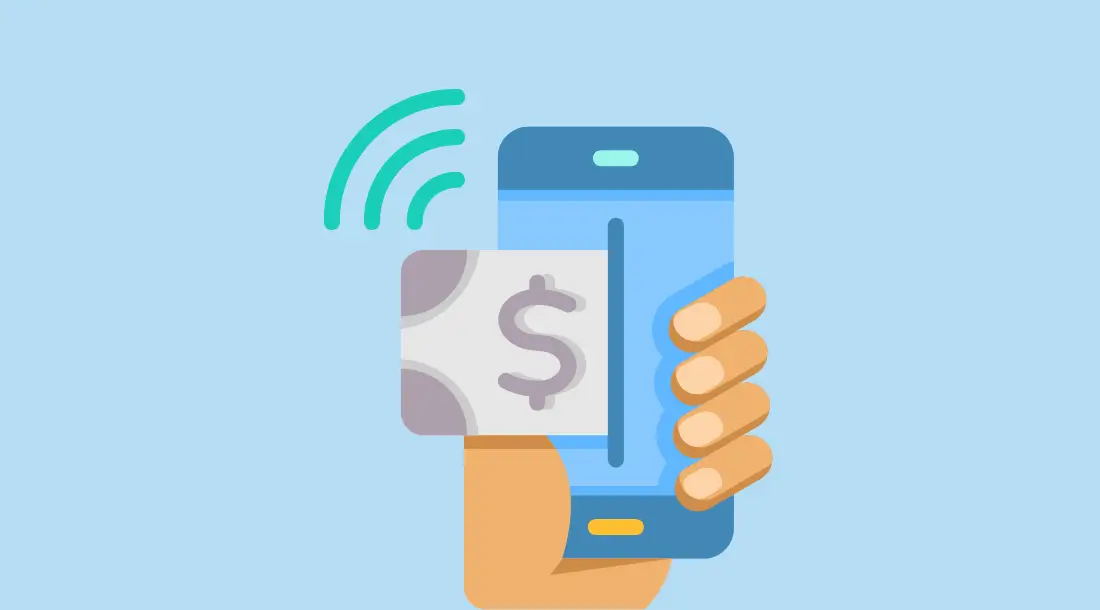
By tailoring payment options, businesses can enhance the overall shopping experience while meeting operational demands.
Focus on Creating a Consistent and Seamless Experience Across All Sales Channels
Consistency is critical in omnichannel payments, as customers expect a uniform experience across every touchpoint.
- Synchronize payment methods and processes across in-store, online, and mobile channels. For example, enable customers to save their payment preferences for use across all platforms.
- Ensure that loyalty rewards, discounts, or gift cards are seamlessly applied regardless of the channel.
- Address pain points such as long checkout times or payment failures by implementing streamlined workflows and reliable systems.

A consistent payment experience builds trust and reduces friction, encouraging repeat purchases.
Incorporate Business Goals into the Payment Strategy
The payment strategy should reflect overarching business objectives to drive measurable results.
- If the goal is to increase conversions, prioritize fast and convenient payment methods like one-click checkout or contactless payments.
- To reduce cart abandonment, focus on eliminating friction by integrating a variety of payment options and offering customer-friendly policies such as BNPL.
- Align the payment system with data-driven goals, using insights from customer behavior to refine strategies and personalize the experience.
Integrating business goals into the payment strategy ensures that every transaction contributes to the company’s success.
Invest in Scalable Technology
The dynamic nature of commerce requires businesses to adopt scalable technology that supports growth and evolving trends in omnichannel payments.
Choose Platforms and Tools That Can Adapt to Business Growth and Evolving Payment Trends
Investing in flexible technology ensures that businesses remain competitive as they expand and customer expectations change.
- Select platforms with modular capabilities, allowing businesses to add features like digital wallets, cryptocurrency payments, or subscription billing as needed.
- Opt for tools that support regional payment methods to facilitate international expansion without major system overhauls.
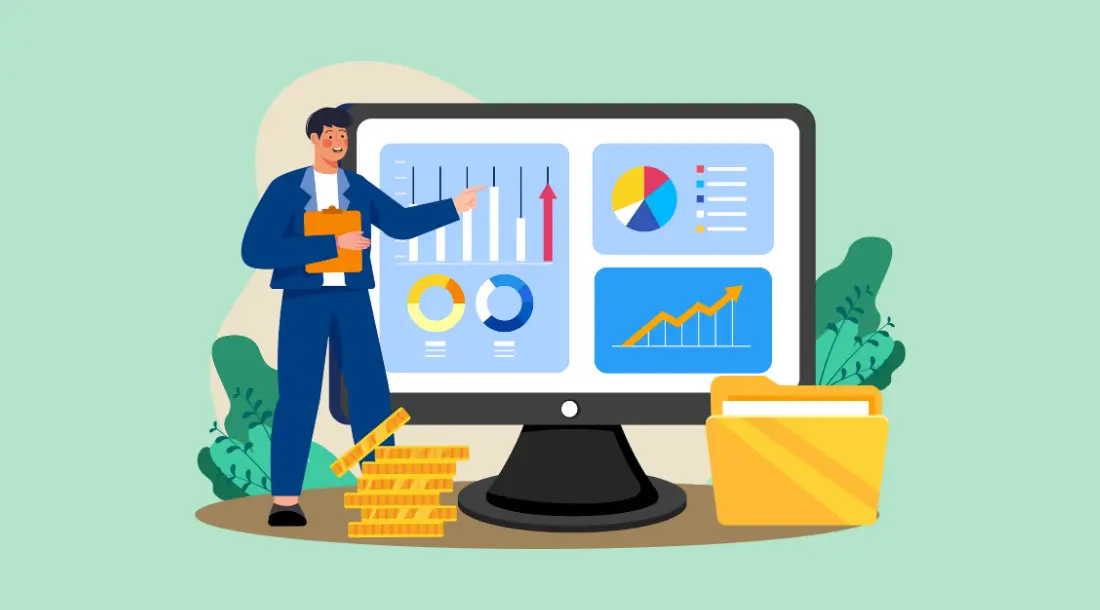
Scalable technology provides a foundation for long-term success in omnichannel payments.
Ensure the System Can Integrate New Features or Channels Without Major Disruptions
Integrating new channels or features should not disrupt existing operations or compromise customer experiences.
- Choose platforms with robust API capabilities to simplify the integration process for new features, such as mobile payment options or loyalty programs.
- Test new integrations thoroughly in sandbox environments to identify and resolve issues before deployment.
Effortless scalability ensures that businesses can innovate without operational setbacks.
Prioritize Future-Proof Solutions That Minimize the Need for Frequent Overhauls
Future-proofing the payment system reduces the need for costly upgrades and enhances adaptability to industry trends.
- Invest in cloud-based platforms that offer regular updates and feature enhancements without requiring extensive maintenance.
- Partner with technology providers committed to innovation and compliance with emerging regulations.
Future-proof solutions allow businesses to remain agile and competitive in a rapidly evolving market.
Ensure Compliance and Security
Compliance and security are critical to maintaining customer trust and avoiding legal penalties. Businesses must prioritize these aspects in their omnichannel payments strategy.
Proactively Adhere to Regulatory Standards Such as PCI DSS, GDPR, or CCPA
Compliance with regulatory standards is non-negotiable for businesses handling sensitive payment data.
- Regularly audit systems to ensure adherence to standards like PCI DSS, which governs payment security, and GDPR or CCPA, which regulate data privacy.
- Implement strong customer authentication protocols to meet regulations such as PSD2 in Europe.
- Collaborate with legal and compliance teams to stay updated on regional and industry-specific requirements.

Proactive compliance minimizes risks and builds credibility with customers.
Implement Robust Security Measures Like Tokenization, Encryption, and Fraud Detection Tools
Advanced security measures are essential to protect customer data and prevent fraud.
- Tokenization replaces sensitive payment details with unique identifiers, reducing the risk of data breaches.
- Encryption ensures that payment data remains secure during transmission and storage.
- Fraud detection tools powered by AI monitor transactions for anomalies and flag suspicious activities in real time.
Robust security measures are a cornerstone of trust in omnichannel payments.
Build Customer Trust by Prioritizing Data Protection and Transparency
Transparent communication about security practices reassures customers that their information is safe.
- Clearly outline security measures and data protection policies in customer-facing materials.
- Provide real-time notifications for transactions and potential fraud alerts to increase customer confidence.
- Offer self-service tools that allow customers to manage payment preferences and view transaction histories securely.
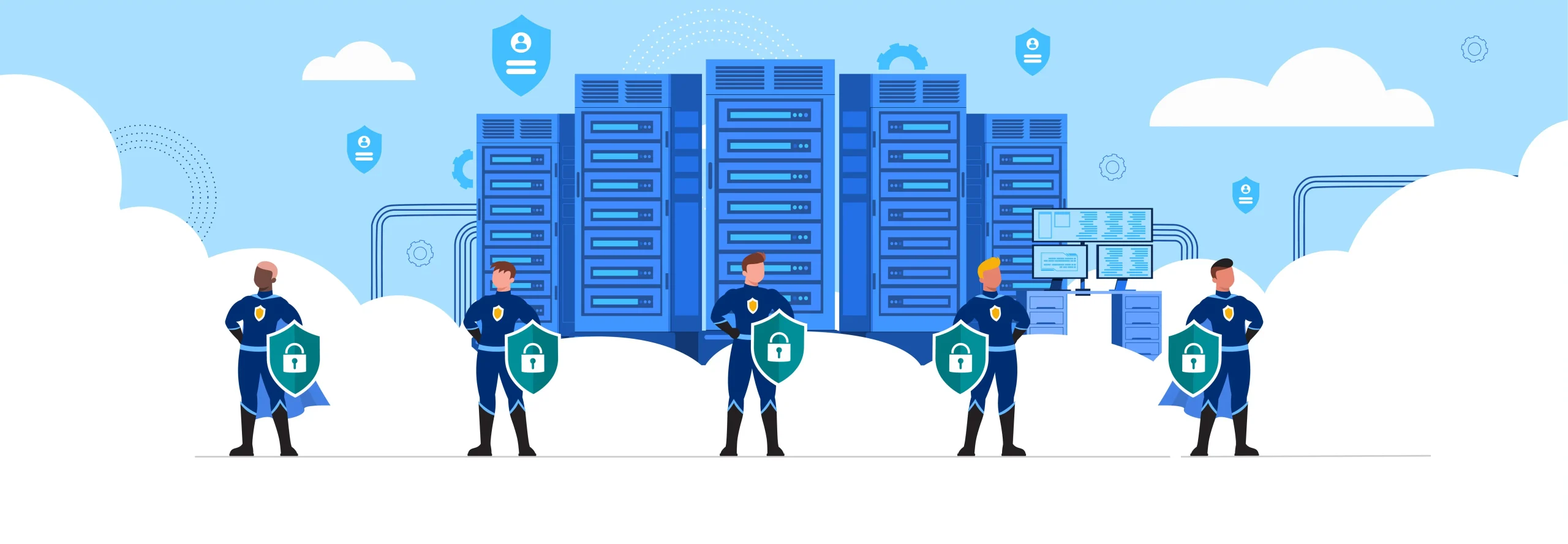
Building trust fosters loyalty and encourages continued engagement with omnichannel payment systems.
Train Staff and Improve Communication
Effective implementation of omnichannel payments depends on a well-trained workforce and seamless collaboration across departments.
Provide Comprehensive Training for Employees to Handle Omnichannel Payment Systems Effectively
Employees are the front line of any payment system, making training essential for successful implementation.
- Train staff on the technical aspects of using new payment platforms, including troubleshooting and handling customer inquiries.
- Offer role-specific training for sales, customer service, and IT teams to ensure they understand how the payment system integrates into their workflows.
Well-trained employees ensure a smooth and professional customer experience.
Foster Collaboration Between IT, Sales, and Operations Teams
Cross-departmental collaboration is critical for addressing challenges and ensuring alignment in the implementation process.
- Facilitate regular communication between IT, sales, and operations teams to address integration issues and streamline workflows.
- Encourage feedback from all departments to identify pain points and opportunities for improvement.

Collaboration ensures that all aspects of the business work together harmoniously within the omnichannel payments framework.
Use Internal Communication to Reinforce Best Practices and Address Concerns Quickly
Clear and consistent communication is essential to maintain operational efficiency and address issues proactively.
- Regularly update employees on new features, regulatory changes, and best practices for using the payment system.
- Create a feedback loop that allows employees to share concerns and suggestions, fostering continuous improvement.
Strong communication supports a cohesive approach to omnichannel payments and empowers employees to excel.
Implementing omnichannel payments requires a holistic approach that aligns payment strategies with business goals, invests in scalable technology, ensures compliance and security, and prioritizes staff training and communication. By following these best practices, businesses can overcome implementation challenges and create a seamless, efficient payment system that meets customer expectations and drives growth. Omnichannel payments are more than a technological upgrade—they are a strategic investment in the future of commerce, enabling businesses to thrive in an increasingly interconnected world.
The Role of Technology in Omnichannel Payments
Technology is the backbone of omnichannel payments, enabling businesses to provide seamless, secure, and innovative payment experiences across multiple channels. From artificial intelligence to blockchain, IoT, and cloud computing, advanced technologies are transforming the way payments are processed, secured, and analyzed. By leveraging these technologies, businesses can meet evolving customer expectations, enhance operational efficiency, and drive growth in an increasingly digital landscape. Below, we explore the pivotal role of various technologies in shaping the future of omnichannel payments.
Artificial Intelligence
Artificial intelligence has become an essential component of omnichannel payments, driving innovation in personalization, security, and data analytics. With its ability to process vast amounts of data and identify patterns, AI empowers businesses to optimize payment systems and improve customer experiences.
Leverage AI for Payment Personalization
AI enables businesses to offer personalized payment options tailored to individual customer preferences and behavior.
- By analyzing transaction histories and purchasing patterns, AI can suggest preferred payment methods, such as digital wallets or installment plans, during checkout.
- AI-driven chatbots and virtual assistants can guide customers through the payment process, providing recommendations and support in real time.
- Personalization enhances convenience, reduces friction, and increases the likelihood of transaction completion, boosting customer satisfaction and loyalty.

AI’s ability to deliver customized payment experiences makes it a cornerstone of successful omnichannel payment strategies.
Detect and Prevent Fraudulent Transactions in Real Time
Fraud prevention is a critical aspect of omnichannel payments, and AI excels at identifying and mitigating potential threats.
- Machine learning algorithms analyze transaction data to detect anomalies, such as unusual purchase locations or rapid successive transactions, which may indicate fraud.
- AI can assess risk levels in real time, flagging suspicious activities and triggering additional authentication steps when necessary.
- Businesses benefit from reduced fraud-related losses, while customers enjoy greater trust in the security of their payments.
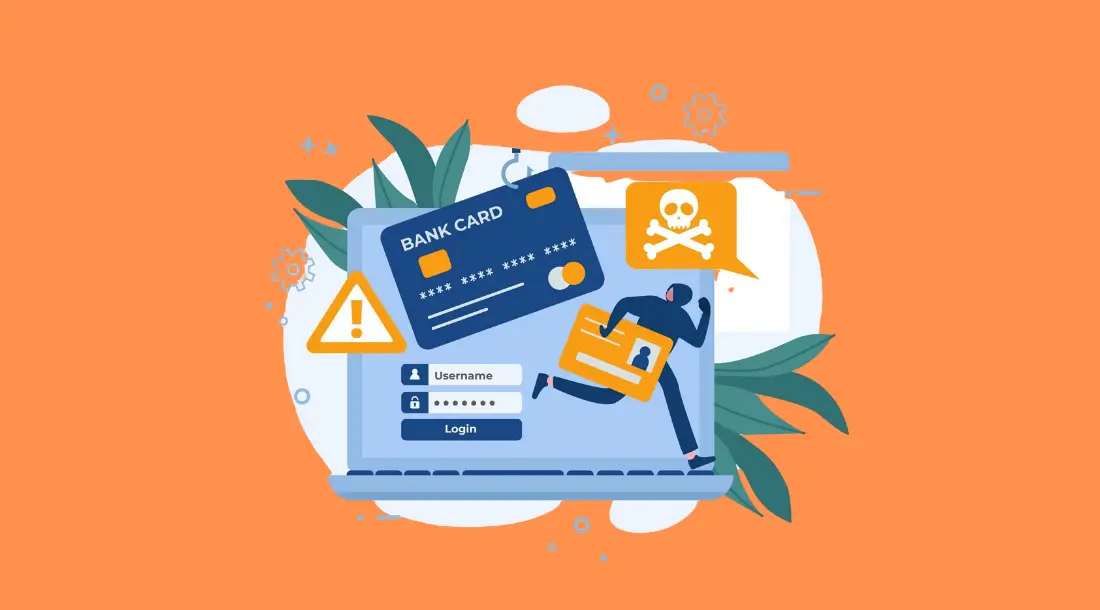
Real-time fraud detection powered by AI strengthens the integrity of omnichannel payments and protects both businesses and consumers.
Use AI to Analyze Payment Data for Actionable Insights
AI enables businesses to extract valuable insights from payment data, driving informed decision-making and continuous improvement.
- AI-powered analytics tools can identify trends, such as peak transaction times or popular payment methods, allowing businesses to optimize their payment systems accordingly.
- Businesses can use AI to segment customers based on spending habits, enabling targeted promotions and loyalty incentives.
- Predictive analytics help businesses forecast future payment trends, ensuring they remain agile and responsive to market changes.
With AI, businesses can turn payment data into actionable strategies that enhance customer experiences and operational efficiency.
Blockchain and Cryptocurrencies
Blockchain technology and cryptocurrencies are revolutionizing the payment landscape by offering secure, transparent, and efficient alternatives to traditional payment methods. Their integration into omnichannel payments unlocks new possibilities for businesses and consumers alike.
Explore Decentralized Payment Solutions
Blockchain’s decentralized nature ensures secure and transparent transactions, making it an ideal foundation for omnichannel payments.
- Blockchain records every transaction in an immutable ledger, reducing the risk of fraud and ensuring transparency for both businesses and customers.
- Decentralized payment platforms eliminate intermediaries, lowering transaction costs and increasing efficiency.
- Smart contracts automate payment processes, streamlining operations and enhancing reliability.

Blockchain-based solutions offer a secure and efficient alternative to traditional payment systems, particularly for high-value or complex transactions.
Facilitate Cross-Border Payments with Reduced Costs
Cryptocurrencies simplify cross-border payments, addressing common challenges such as high fees and long processing times.
- Using cryptocurrencies like Bitcoin or stablecoins, businesses can bypass traditional banking networks, significantly reducing transaction costs.
- Blockchain enables near-instantaneous payments, eliminating delays associated with international wire transfers.
- Businesses can expand their global reach by offering cryptocurrency options, catering to tech-savvy consumers and markets with limited banking infrastructure.
By integrating blockchain into their omnichannel payment systems, businesses can enhance efficiency and accessibility in cross-border transactions.
Offer Cryptocurrency Options to Tech-Savvy Consumers
The growing popularity of cryptocurrencies presents an opportunity for businesses to cater to a niche but expanding market segment.
- Accepting cryptocurrencies as a payment method appeals to tech-savvy customers who value innovation and digital assets.
- Businesses can differentiate themselves by offering crypto payment options in addition to traditional methods, enhancing customer choice and satisfaction.
- Integrating cryptocurrency payments into omnichannel systems ensures a seamless and consistent experience across all channels.
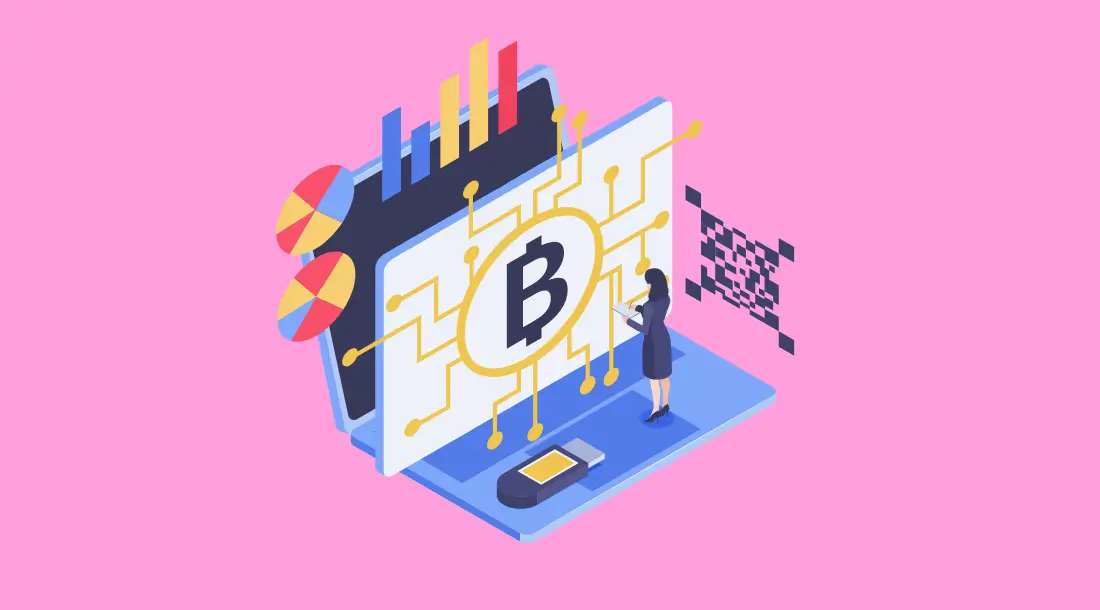
Embracing cryptocurrencies allows businesses to stay ahead of trends and attract forward-thinking consumers.
Internet of Things (IoT)
The Internet of Things (IoT) is reshaping omnichannel payments by enabling connected devices to facilitate transactions, collect data, and enhance customer experiences.
Integrate IoT-Enabled Devices for Innovative Payment Experiences
IoT expands the possibilities of omnichannel payments by introducing novel ways to complete transactions.
- In-car payment systems enable drivers to pay for fuel, parking, or tolls directly from their vehicles, enhancing convenience.
- Smart appliances, such as connected refrigerators, can automatically reorder groceries and process payments seamlessly.
- Wearable devices, like smartwatches, offer quick and contactless payment options, integrating seamlessly into customers’ lifestyles.

IoT-enabled payments create frictionless experiences that redefine convenience and innovation.
Enhance Customer Convenience with Automated Transactions
Automation is a key advantage of IoT in omnichannel payments, simplifying processes for both businesses and consumers.
- IoT devices can trigger automatic payments for subscription services or recurring purchases, reducing the need for manual intervention.
- Contactless payment options powered by IoT ensure quick and hassle-free transactions in connected environments, such as smart stores or vending machines.
- Businesses can use IoT to streamline operations, such as enabling self-checkout kiosks or integrating payment terminals into retail displays.
Automated transactions save time and effort, enhancing customer satisfaction and loyalty.
Use IoT Data to Refine Payment Strategies
IoT devices generate valuable data that businesses can leverage to optimize their payment systems and strategies.
- Analyzing IoT-generated data helps businesses understand consumer behavior, such as purchase patterns or preferred payment methods.
- Insights from IoT data can inform targeted promotions, personalized offers, and inventory management.
- Businesses can use IoT data to identify bottlenecks in payment processes and implement improvements proactively.

By harnessing IoT data, businesses can refine their omnichannel payment strategies for maximum efficiency and effectiveness.
Cloud Computing
Cloud computing provides the infrastructure needed to support scalable, reliable, and efficient omnichannel payment systems. Its flexibility and resilience make it an indispensable technology for modern commerce.
Utilize Cloud-Based Platforms for Scalable Payment Infrastructure
Cloud computing enables businesses to build scalable payment systems that adapt to growth and changing demands.
- Cloud-based platforms eliminate the need for on-premises infrastructure, reducing costs and complexity.
- Businesses can easily scale their payment systems to handle increased transaction volumes during peak periods, such as holiday sales.
- Cloud platforms support global operations, ensuring consistent performance across regions and channels.
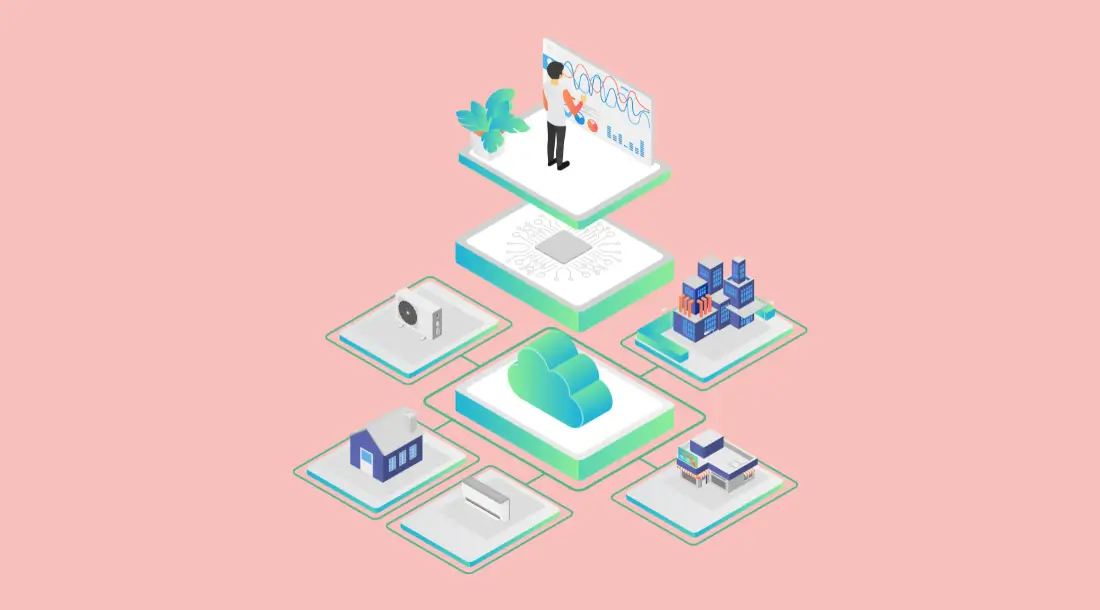
Scalable infrastructure ensures that businesses can meet customer demands without compromising efficiency.
Ensure Real-Time Synchronization of Payment Data
Cloud computing facilitates real-time data synchronization across channels, enabling seamless omnichannel payments.
- Payment data is updated instantly across all platforms, ensuring accuracy and consistency for both businesses and customers.
- Real-time synchronization supports features like buy-online-pickup-in-store (BOPIS) and cross-channel loyalty programs.
- Businesses can use cloud-based tools to monitor transactions and generate insights in real time.
Real-time data synchronization enhances the reliability and responsiveness of omnichannel payment systems.
Improve System Uptime and Disaster Recovery Capabilities
Cloud computing ensures high availability and robust disaster recovery for omnichannel payments.
- Redundant cloud infrastructure minimizes downtime, ensuring that payment systems remain operational even during technical failures.
- Automated backups and recovery tools protect payment data from loss or corruption, enhancing security and resilience.
- Cloud platforms offer businesses peace of mind by providing scalable and secure disaster recovery solutions.
Reliable cloud infrastructure is essential for maintaining uninterrupted payment experiences and building customer trust.
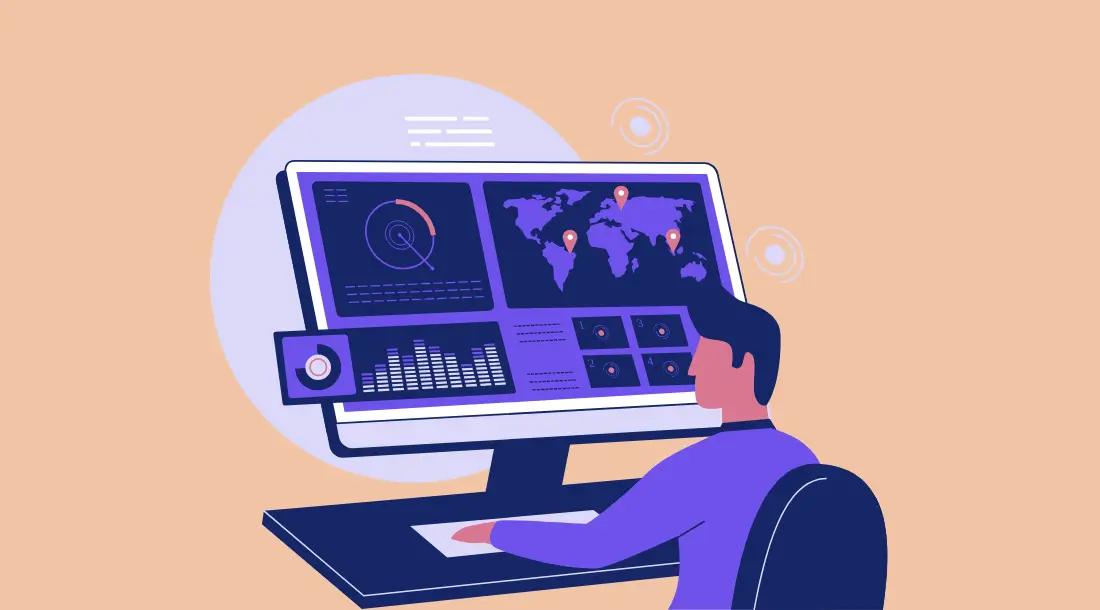
The role of technology in omnichannel payments is transformative, enabling businesses to create seamless, secure, and innovative payment experiences. Artificial intelligence personalizes payments and enhances fraud detection, blockchain and cryptocurrencies enable secure and efficient transactions, IoT drives convenience and automation, and cloud computing supports scalability and reliability. By leveraging these technologies, businesses can unlock the full potential of omnichannel payments and meet the demands of a dynamic and tech-savvy customer base. These advancements not only optimize payment processes but also position businesses as leaders in the evolving world of commerce.
Future Trends in Omnichannel Payments
As the payments landscape continues to evolve, businesses must stay ahead of emerging trends to remain competitive and meet growing customer expectations. Omnichannel payments are no exception, with new technologies and models reshaping how transactions are conducted and experienced. From the rise of contactless and biometric payments to subscription-based models, open banking ecosystems, and biometric recognition, the future of omnichannel payments promises unprecedented convenience, security, and innovation.
Contactless and Biometric Payments
The demand for faster, safer, and more hygienic payment methods has driven the rapid adoption of contactless and biometric payment solutions. These technologies are transforming how customers interact with businesses and complete transactions in both physical and digital spaces.
Increase Customer Convenience with Fast, Secure Payment Methods
Contactless payment methods, such as NFC-enabled cards, smartphones, and biometric authentication, offer unmatched convenience.
- Near Field Communication (NFC) technology enables customers to complete transactions with a simple tap of their device or card, eliminating the need for physical cash or card swipes.
- Biometric authentication, including fingerprint scanning and facial recognition, adds an extra layer of security while simplifying the payment process.
- Businesses that adopt these technologies create frictionless experiences, boosting customer satisfaction and loyalty.
By integrating contactless and biometric payments into their omnichannel systems, businesses can enhance both speed and security, meeting modern consumer expectations.
Reduce Checkout Times with Touchless Solutions
Touchless payment solutions are becoming the standard in retail environments, particularly in response to health and safety concerns.
- Customers can pay without handling cash or interacting with point-of-sale terminals, reducing checkout times and enhancing the shopping experience.
- These solutions align with modern safety protocols, fostering trust and confidence among health-conscious consumers.
- In high-traffic environments, touchless payments minimize queues and improve operational efficiency, benefiting both customers and businesses.

Adopting touchless payment systems allows businesses to stay ahead of market trends and prioritize customer convenience.
Expand Adoption of Wearable Devices as Payment Tools
Wearable devices, such as smartwatches and fitness trackers, are revolutionizing the way people make payments.
- Devices like Apple Watch and Fitbit support NFC technology, enabling customers to pay directly from their wrist.
- Wearables are increasingly integrated into daily life, making them a natural extension of omnichannel payment strategies.
- Businesses can capitalize on this trend by ensuring their systems are compatible with wearable devices, offering customers more flexibility and choice.
Wearable payment solutions represent the next frontier of convenience, blending functionality and innovation seamlessly.
Subscription-Based Payments
Recurring payment models are gaining traction as customers increasingly favor subscription-based services for convenience and cost-effectiveness. Businesses can leverage omnichannel payments to optimize these models and build long-term customer relationships.
Cater to Consumer Demand for Recurring Payment Models
Subscription-based payments are particularly popular among SaaS businesses, streaming services, and product subscription boxes.
- Customers appreciate the convenience of automated billing, allowing them to enjoy uninterrupted access to their preferred services or products.
- Businesses benefit from predictable revenue streams and increased customer retention, making subscription models a win-win.
- By offering flexible subscription plans through omnichannel systems, businesses can cater to a diverse customer base and encourage loyalty.
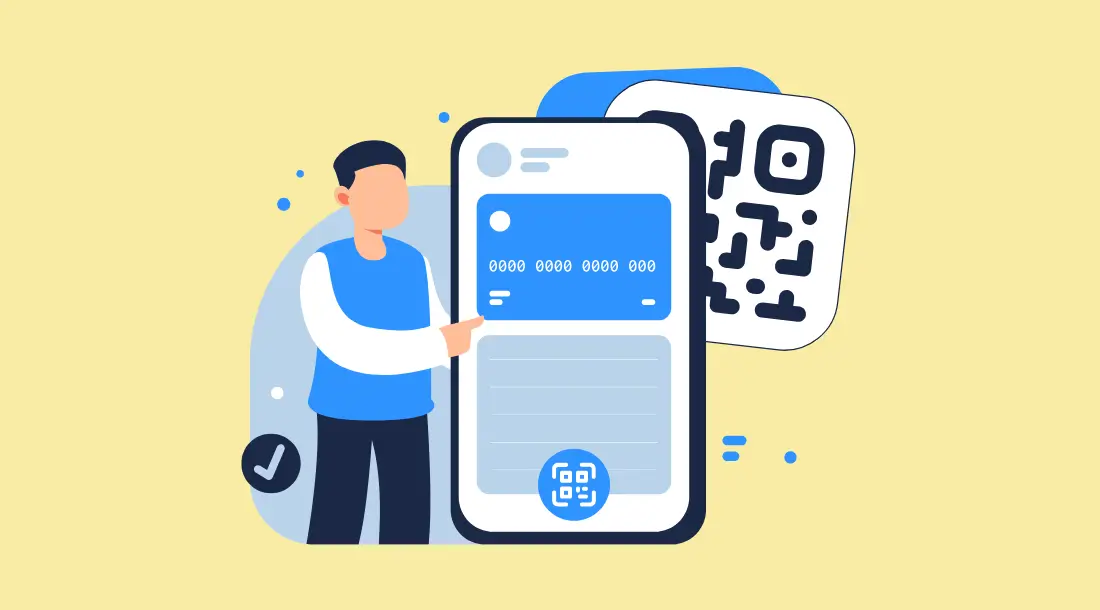
Subscriptions are transforming the way businesses generate revenue, making them an essential component of omnichannel payment strategies.
Integrate Subscriptions Seamlessly into Omnichannel Strategies
To maximize the potential of subscription-based payments, businesses must ensure these models integrate smoothly with their existing omnichannel systems.
- Subscription options should be easily accessible across all channels, including in-store, online, and mobile apps, ensuring a consistent customer experience.
- Loyalty programs and rewards can be tied to subscription plans, further enhancing customer engagement.
- Seamless integration reduces friction for customers, encouraging sign-ups and long-term participation.
A well-integrated subscription model can significantly enhance customer satisfaction and drive sustained growth.
Use Analytics to Optimize Billing Cycles
Analytics play a crucial role in refining subscription-based payment models.
- Businesses can analyze subscription revenue patterns to identify peak billing times, optimize payment schedules, and reduce churn.
- Insights from analytics can also help identify opportunities for upselling or cross-selling additional services to existing subscribers.
- Personalized communication, such as reminders for upcoming payments or incentives for renewals, can be informed by data-driven insights.

With the power of analytics, businesses can fine-tune their subscription strategies and maximize customer lifetime value.
Open Banking and API Ecosystems
Open banking and API ecosystems are transforming the financial landscape, enabling businesses to create more connected and innovative omnichannel payment solutions.
Collaborate with Financial Institutions for Real-Time Access to Payment Data
Open banking facilitates real-time access to customer payment data, enabling businesses to offer more tailored and efficient services.
- Financial institutions can share payment and account information securely through open APIs, fostering collaboration and innovation.
- Real-time data allows businesses to provide instant payment confirmations, account updates, and personalized recommendations.
- This enhanced transparency improves the customer experience while streamlining operations.

Open banking is redefining how businesses interact with payment data, creating new opportunities for growth and efficiency.
Enable Innovative Payment Solutions Through Open APIs
Open APIs are the foundation of a connected ecosystem, supporting innovative omnichannel payment solutions.
- APIs enable businesses to integrate payment platforms with third-party applications, such as loyalty programs or CRM systems, for a unified customer experience.
- Open APIs also support emerging technologies like AI-driven fraud detection and dynamic pricing, enhancing system capabilities.
- Businesses can leverage APIs to offer customized payment experiences, such as recurring billing or split payments, tailored to customer needs.
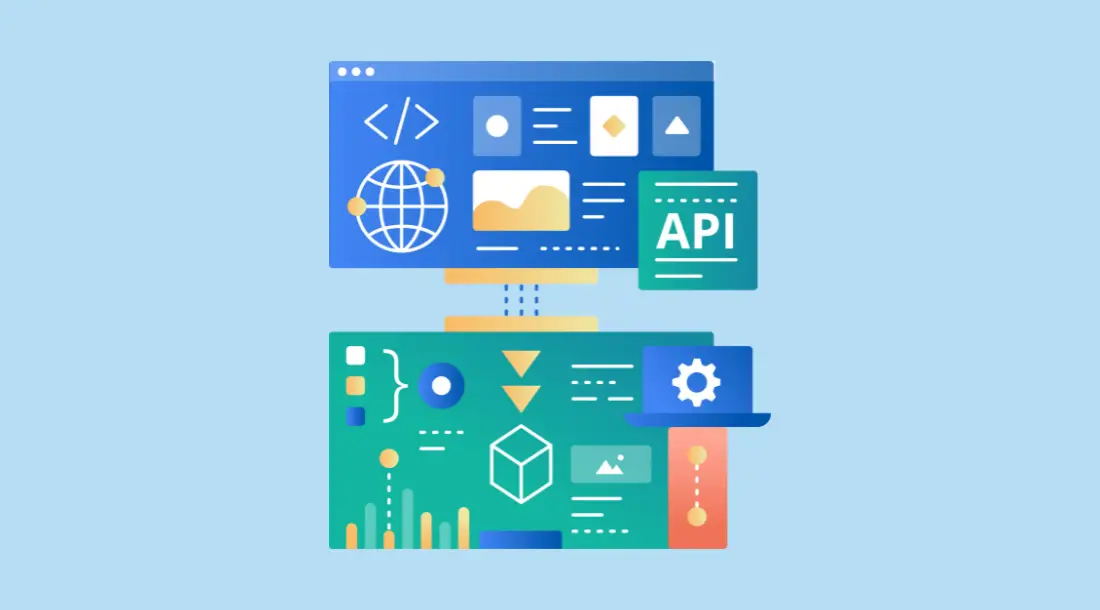
By embracing open APIs, businesses can unlock the full potential of their omnichannel payment systems.
Reduce Transaction Fees with Direct Bank Integrations
Open banking reduces reliance on traditional payment processors by enabling direct bank integrations.
- Transactions conducted through direct bank transfers often incur lower fees than card payments, reducing costs for businesses.
- Faster processing times ensure a smoother experience for customers, particularly in cross-border transactions.
- Businesses can pass on cost savings to customers, enhancing value and competitiveness.
Direct bank integrations provide a cost-effective and efficient alternative to traditional payment methods.
The Rise of Voice and Facial Recognition
Biometric technologies like voice and facial recognition are poised to revolutionize omnichannel payments, offering enhanced security and convenience.
Implement Voice Authentication for Faster Payments
Voice recognition technology allows customers to authenticate payments using their unique voiceprint.
- Voice authentication eliminates the need for passwords or PINs, streamlining the payment process.
- This technology is particularly useful for hands-free environments, such as smart speakers or in-car systems.
- Businesses can integrate voice recognition into their omnichannel systems to enhance accessibility and innovation.

Voice authentication is an emerging trend that simplifies payments while maintaining robust security.
Use Facial Recognition for Enhanced Security
Facial recognition is gaining traction as a secure and convenient payment method.
- Customers can authenticate payments by scanning their face at checkout terminals or through mobile apps, reducing the risk of fraud.
- Businesses can combine facial recognition with loyalty programs to deliver personalized experiences, such as tailored discounts or offers.
- This technology is particularly effective in reducing identity theft, creating a safer payment environment for all parties.

Facial recognition represents the future of secure, frictionless payments in both online and in-store settings.
Create Personalized, Frictionless Payment Experiences
Advanced biometrics enable businesses to deliver highly personalized and seamless payment experiences.
- By combining voice and facial recognition with AI, businesses can anticipate customer preferences and offer tailored payment options.
- Biometric data can also be used to enhance customer loyalty programs, creating a more engaging shopping journey.
- The integration of biometrics into omnichannel payments ensures that customers enjoy consistent experiences across all channels.
Biometric technologies are redefining the boundaries of personalization and security in the world of payments.

The future of omnichannel payments is shaped by cutting-edge trends such as contactless and biometric payments, subscription-based models, open banking ecosystems, and biometric recognition. These innovations are transforming how businesses and customers interact, creating opportunities for faster, safer, and more engaging payment experiences. By embracing these trends, businesses can position themselves as leaders in an evolving marketplace, delivering unparalleled value and convenience while staying ahead of customer expectations. As the payments landscape continues to evolve, these advancements will remain at the forefront of the omnichannel revolution.
Conclusion
Omnichannel payments have revolutionized the way businesses and customers interact, creating seamless and unified payment experiences across multiple channels. This blog post has explored every aspect of omnichannel payments, from their benefits and best practices to the challenges in implementation and the technologies driving their evolution. Key insights include the importance of integration, compliance, and security, as well as the role of advanced technologies like artificial intelligence, blockchain, IoT, and cloud computing in transforming payment systems. Businesses that invest in omnichannel payments unlock opportunities to improve customer satisfaction, increase conversions, and streamline operations, all while staying competitive in an increasingly connected marketplace.
The payments landscape is continuously evolving, with customers expecting faster, more secure, and flexible payment options. Trends like contactless and biometric payments, subscription-based models, and open banking ecosystems are not just innovations—they are becoming the norm. To remain relevant, businesses must anticipate these shifts and adapt their strategies accordingly. By embracing omnichannel payments, businesses ensure that they can deliver consistent, frictionless experiences across all touchpoints, meeting customer expectations while driving long-term growth. Staying ahead in this dynamic landscape requires not only the adoption of the right technologies but also a commitment to continuous improvement and innovation.
The adoption of omnichannel payment systems is no longer optional—it is essential for businesses looking to thrive in the digital age. Customers today demand the flexibility to shop and pay wherever, whenever, and however they choose, and businesses that fail to meet these expectations risk losing their competitive edge. Omnichannel payments enable businesses to cater to diverse customer preferences, reduce friction at checkout, and foster loyalty through personalized experiences. Moreover, these systems provide the infrastructure for scaling operations, exploring new markets, and leveraging data for strategic decision-making.
By adopting omnichannel payment systems, businesses not only enhance their customer relationships but also future-proof their operations in an ever-changing landscape. The ability to offer seamless, secure, and innovative payment experiences is a differentiator that can set businesses apart, ensuring success in both the present and the future.
In conclusion, omnichannel payments are not just a trend—they are a critical component of modern commerce. Businesses that prioritize these systems will be well-positioned to meet the demands of today’s customers and seize the opportunities of tomorrow. With the right strategies, technologies, and commitment, omnichannel payments can drive unparalleled success, transforming the way businesses operate and thrive in a connected world.



